Pain Demystified
Perhaps one of the hardest aspects of providing medical care is the experience of watching patients go through, that which we call, “pain''.
Though likely, none would remember, we all start our lives with physiological pain. The first cry of breath every baby cries is one that demonstrates a significant amount of pain. Lungs popping open for the first time ever, as the fluid drains out of them rapidly, openings in the heart instantaneously collapsing shut and pressure changes bidding the entire circulatory system to change passage! (1)
Those physiologically stressful events occur in seconds. Their rapidness is necessary to initiate life outside of the supportive womb, but the speed and physiological stress is one through which pain is inevitable!
The Value of Pain
Though unpleasant, pain is a phenomenon that is closely intertwined with life. The enmeshment is not one of unfortunate nature. On the contrary, pain is a loyal preserver of life. Without pain, our lifespans would significantly shorten, aftercall, pain is a cue of tissue preservation. (2)
Prior to progressing further, explaining pain from a cold-hearted scientific point of view, it is important to note that this article thoroughly recognizes the powerful courage of those who face day-to-day life with chronic pain. Thus, it aims to enhance the reader’s understanding of pain and propose feasible, efficacious guidelines to solutions that can benefit those of us courageous enough to persevere through physical or emotional pain.
What Is Pain?
Pain is an interesting phenomenon that is defined as “unpleasant sensory or emotional experience associated with actual or potential tissue damage or described in terms of such damage”. (3)
Pain is thus a sign that tissue is either being damaged or at danger of being damaged. As a signal of tissue damage, pain can indicate benign conditions such as muscle fibrils breaking and healing due to physical activity or more serious phenomena like wear and tear destroying the precious cartilaginous shock-absorbers of joints.
The highlight of the importance of pain is not only to normalize the experience of pain, but also to encourage those experiencing pain, including chronic pain, to refrain from using “numbing” agents and work towards finding the root cause of the pain
Remember, if the pain is a signal of tissue damage, it is not in the best interest of the body to numb pain. Numbing pain means giving the damaging agents space to further damage the tissues without disruptions. (4,5)
Thus, the best, healthiest response to any pain is to investigate thoroughly for a root cause!
Pain Investigation
-
Signs of physical trauma
-
Overuse injury (hidden trauma)
-
Traumatic emotional events
-
Prolonged fear/ stress
-
Stressful diet (inflammatory)
-
Stressful environment (workplace toxicity)
Bloodwork for Finding Pain Source
-
CBC
-
Crp
-
ANA
-
Rf
Components of Pain (nociception)
Pain can be dealt with in two ways, the first of which is to deal with the root cause of the pain. For many people, the root cause of the problem is inflammatory in nature. Inflammation is the process of activating the sirens of the body to bring attention to a problem. It is composed of redness, accumulation of blood and fluid as well as acute phase reactants. Those reactants save the body in the case of an emergency.
For example, fibrinogen, an acute phase reactant, helps the body clot blood easier in the case that a trauma causes blood loss. Such accumulation of metabolites, especially after the acute phase of an injury can cause pain and actually hinder the process of healing. It is, therefore, not surprising that anti-inflammatory pharmaceuticals are highly successful at stopping pain and in many ways may help with the healing process. (6)
The issue with anti-inflammatory pharmaceuticals is that many have long term side effects, thus it is hard to keep patients on them long term. Moreover, many pain pharmaceuticals may have a significantly damaging impact on gastrointestinal tissues and vascular tissues.
-
Highly successful pain/ inflammation targets
-
COX 1 inhibition
-
COX 2 inhibition
-
5- LOX inhibition
-
Swelling (tissue pressure due to water accumulation) (7)
The second way to deal with pain is to introduce an opiate, numbing agent or nerve conduction disruption agent. Such methods include the use of highly addictive pharmaceuticals including oxycodone. Other agents that have significant efficacy in terms of nerve pain reduction include medications like gabapentin which functions to relax nerve conduction. Those methods are only “pain numbing” and do not contribute to the solution of the problem. (8)
Of course, more specific reasons for pain may warrant different, less conventional ways of dealing with the pain. Such specialised cases such as menstrual pain, for example, may benefit from a high quality natural anti-inflammatory supplement as it benefits from an NSAID. When it comes to menstrual pain, It is best to target hormones, and investigate a possible inflammatory diet prior to patching the problem with the life-time reliance on pain medications.
Other specialized conditions of pain include osteoarthritis, which responds very well anti-inflammatories, and can be made to heal much better with the introduction of building blocks and joint health nutrients (see Glucosamine Article)
Serrapeptase (Serratiopeptidase)
Serrapeptase is a proteolytic enzyme and for many reasons it was coined the name The Miracle Enzyme. An enzyme is something that can make a reaction go faster. In terms of serratiopeptidase (scientific name for serrapeptase) the function is to break down dead tissues and inflammatory markers. Thus it has been employed in many places in Europe as a post-surgery recovery agent. (9,10,11)
As a compound that is known to reduce inflammation ,swelling and helps the body clear away damaged tissues, serrapeptase is not only employed to make healing faster, but it is also employed to reduce the risk of infection. (see Serrapeptase Article)
Due to its affinity to scar tissue, serrapeptase is useful for fibrocystic breast disease, bronchitis, thicker blood, cysts, and arterial plaques. It can also facilitate the healing of complex avascular issues like ligaments. (12, 13)
As an anti-inflammatory, Serrapeptase is employed much like pharmaceutical Non-Steroidal Anti-inflammatories (NSAIDS) such as diclofenac sodium and ketoprofen. In many studies it shows similar efficacy in terms of pain reduction and anti-inflammatory efficacy. The advantage to Serrapeptase, however, is that it does not have any many side effects that limit the use of NSAIDS to “only when crucially necessary”. (13,14)
Hops (Humulus lupulus)
For those who know the process of beer making, there is an understanding of the importance of a botanical known as Humulus lupulus as a component of beer for flavor as well as effect.
Hobs are known to be a sedative since they were first associated with a phenomenon known as Hops fever. Hops fever is a phenomenon that those who work with hops know well as just experiencing a waft of air with hops can result in feeling relaxed and sleepy. (15,16)
Hops, however, are much more than just sleeping aids or nervous relaxants. The plant was demonstrated by science to have selective COX2 inhibition, anti-inflammatory function and opioid functionality.
As a COX2 inhibitor it is demonstrated to directly impact prostaglandin levels (inflammatory metabolites) much like pharmaceuticals of the COX2 inhibitory class. Perhaps the most impressive part of the studies were that though hops do function as COX2 inhibitors, they do not demonstrate the same severe side effects as conventional COX2 inhibitors.
Additionally, some patents have employed revolutionary plant technologies that purify the active constituents of hops so that there is less sedative effect and more anti-inflammatory potential. (17)
With the direct impact on GABA levels (inhibitory neurotransmitter targeted for nerve pain) hops may demonstrate efficacy as compounds that assist with nerve pain (18, 19)
It must not be forgotten that hops are also rich in terpenes like Cannabis sativa. Both plants are rich in mono and sesquiterpenes. Those active constituents are the ones that give cannabis its anti-inflammatory, antioxidant, analgesic, neuroprotective and anti-convulsive effects.
Thus hops may prove to be a very high quality additive to formulations that seek to provide the well-rounded support of cannabis without needing to go through the legal or addictive implications of cannabis use. (20)
Turmeric (Curcuma longa)
Curcuma longa is the miracle of Indian cuisine/ medicine. The beautiful golden root demonstrates efficacy as an anti-inflammatory agent in doses as small as 100 mg/ kg body weight.
It functions to directly inhibit the making of inflammatory metabolites. Moreover, it is a potent antioxidant that preserves tissues, facilitates repair and enhances functionality.
The only issue with curcumin is that it has very poor absorbability, thus it is always more functional if well extracted and combined with absorption promoting agents like balck pepper. (21, 22)
Boswellia (Boswellia serrata)
The blessed frankincense is not only a beautiful smelling, alluring addition to incense, but also a resin with anti-inflammatory, pain killer and even cartilage preservation properties.
The resin is also demonstrated to have use as an adjunctive treatment for some cancers. Boswellia serrata has been used since ancient times for arthritis and joint pain. It is also employed for skin health, pain relief, lung issues as well as fever. (23, 24)
The resin is demonstrated to have terpenes that function as anti inflammatory following more unique inflammatory pathways. For example most NSAIDS are shown to be COX inhibitors while Boswellia is demonstrated to have LOX-5 inhibition (leukotriene synthesis). Compared to NSAIDS, boswellia is shown to reduce the degradation of glycosaminoglycans. (25, 26)
Devil’s Claw (Harpagophytum procumbens)
Harpagophytum species are consumed in South Africa as general health tonics. They are traditionally employed as agents for arthritis, pain, fever, ulcers and boils.
The plant has demonstrated activity as an analgesic, antioxidant and anti-epiliptic agent. (27)
As an anti-inflammatory, it works directly to inhibit the enzymes that produce inflammatory metabolites. Devil’s claw has many high quality studies supporting its efficacy and its pathways are demonstrated to include the inhibition of PG3, COX2 and even IL6. (28, 29)
Pine Bark (Pinus radiata)
Pine bark extract is known to be an extract that enhances blood flow and has many anti-inflammatory properties as well as cognitive health enhancing properties. (30)
In high quality randomized controlled trials the extract has not only proven safety, but also efficacy as an agent for the improvement of osteoarthritis. Studies show that the use of the extract preserves tissues and maintains their health. The improvement is not only in pain, but also in the overall quality of tissues. (31)
Pine bark extract shows evidence of inhibition of several inflammatory markers, making it a high quality broad spectrum anti-inflammatory antioxidant with many side benefits. (32, 33)
An Anti-Inflammatory Diet
For many, chronic pain is a phenomenon related to an unhealthy diet. The Standard North American Diet (SAD) contains many omega-6 fatty acids. Those fatty acids come in at a ratio much higher than omega-3 fatty acids. The lack of balance does not only change the physical structure of cell membranes, it also makes the body more efficient at synthesizing inflammatory metabolites.
Additionally, Most of those fatty acids enter the diet highly oxidized as our cooking temperatures increase and our tendency to enjoy fried foods increases.
In addition to the imbalance in fatty acid components, the SAD diet is one that is highly acidifying in nature, inhibits bone synthesis and encourages inflammation. (See Greens Article)
Finally, pain is a signal for tissue preservation and the best way to react is to respect it enough to investigate both physically and with lab work. The following step is to select either a factor that cures the root cause of the pain or, in the case that such a cure is not available, an agent of analgesia that is healing in nature. (34)
References
-
Milner AD, Sauders RA. Pressure and volume changes during the first breath of human neonates. Archives of disease in childhood. 1977 Dec 1;52(12):918-24.
-
Nagasako EM, Oaklander AL, Dworkin RH. Congenital insensitivity to pain: an update. Pain. 2003 Feb 1;101(3):213-9.
-
Williams AC, Craig KD. Updating the definition of pain. Pain. 2016 Nov 1;157(11):2420-3.
-
Wick EC, Grant MC, Wu CL. Postoperative multimodal analgesia pain management with nonopioid analgesics and techniques: a review. JAMA surgery. 2017 Jul 1;152(7):691-7.
-
Marini I, Lavinia Bartolucci M, Bortolotti F, Rosaria Gatto M, Alessandri Bonetti G. Palmitoylethanolamide versus a nonsteroidal anti-inflammatory drug in the treatment of temporomandibular joint inflammatory pain. Journal of orofacial pain. 2012 Apr 1;26(2):99.
-
Vanderwall AG, Milligan ED. Cytokines in pain: harnessing endogenous anti-inflammatory signaling for improved pain management. Frontiers in immunology. 2019 Dec 23;10:3009.
-
Mathews KA. Nonsteroidal anti-inflammatory analgesics: indications and contraindications for pain management in dogs and cats. Veterinary Clinics: Small Animal Practice. 2000 Jul 1;30(4):783-804.
-
Yaksh TL, Wallace MS. Opioids, analgesia, and pain management. Goodman and Gilman’s the Pharmacological Basis of Therapeutics. New York: McGraw-Hill Medical. 2011:481-526.
-
Healing S. Serrapeptase: The miracle enzyme.
-
Al-Khateeb TH, Nusair Y. Effect of the proteolytic enzyme serrapeptase on swelling, pain and trismus after surgical extraction of mandibular third molars. International journal of oral and maxillofacial surgery. 2008 Mar 1;37(3):264-8.
-
Nieper H. Serrapeptase Research.
-
Willital GH, Maragakis M. Wound healing in posttraumatic and postoperative oedematous tissue: results of treatment with serrapeptase. Acta therapeutica. 1989;15(4):395-409.
-
Kee WH, Tan SL, Lee V, Salmon YM. SERRAPEPTASE. Pharmatherapeutica. 1984;3(8):526-30.
-
Li-xian PJ. Serrapeptase: pharmacology and clinical studies [J]. Chinese Journal of New Drugs and Clinical Remedies. 2008;8.
-
Shimamura M, Hazato T, Ashino H, Yamamoto Y, Iwasaki E, Tobe H, Yamamoto K, Yamamoto S. Inhibition of angiogenesis by humulone, a bitter acid from beer hop. Biochemical and Biophysical Research Communications. 2001 Nov 23;289(1):220-4.
-
Hall AJ, Babish JG, Darland GK, Carroll BJ, Konda VR, Lerman RH, Bland JS, Tripp ML. Safety, efficacy and anti-inflammatory activity of rho iso-alpha-acids from hops. Phytochemistry. 2008 May 1;69(7):1534-47.
-
Karabín M, Hudcová T, Jelínek L, Dostálek P. Biologically active compounds from hops and prospects for their use. Comprehensive Reviews in Food Science and Food Safety. 2016 May;15(3):542-67.
-
Benkherouf AY, Logrén N, Somborac T, Kortesniemi M, Soini SL, Yang B, Salo-Ahen OM, Laaksonen O, Uusi-Oukari M. Hops compounds modulatory effects and 6-prenylnaringenin dual mode of action on GABAA receptors. European Journal of Pharmacology. 2020 Apr 15;873:172962.
-
Franco L, Sánchez C, Bravo R, Rodriguez A, Barriga C, Juánez J. The sedative effects of hops (Humulus lupulus), a component of beer, on the activity/rest rhythm. Acta Physiologica Hungarica. 2012 Jun 1;99(2):133-9.
-
Vanhoenacker G, Van Rompaey P, De Keukeleire D, Sandra P. Chemotaxonomic features associated with flavonoids of cannabinoid-free cannabis (Cannabis sativa subsp. sativa L.) in relation to hops (Humulus lupulus L.). Natural product letters. 2010 Oct 27.
-
Daily JW, Yang M, Park S. Efficacy of turmeric extracts and curcumin for alleviating the symptoms of joint arthritis: a systematic review and meta-analysis of randomized clinical trials. Journal of medicinal food. 2016 Aug 1;19(8):717-29.
-
Hadi A, Pourmasoumi M, Ghaedi E, Sahebkar A. The effect of Curcumin/Turmeric on blood pressure modulation: A systematic review and meta-analysis. Pharmacological research. 2019 Dec 1;150:104505.
-
Siddiqui MZ. Boswellia serrata, a potential antiinflammatory agent: an overview. Indian journal of pharmaceutical sciences. 2011 May;73(3):255.
-
Banno N, Akihisa T, Yasukawa K, Tokuda H, Tabata K, Nakamura Y, Nishimura R, Kimura Y, Suzuki T. Anti-inflammatory activities of the triterpene acids from the resin of Boswellia carteri. Journal of ethnopharmacology. 2006 Sep 19;107(2):249-53.
-
Sharma A, Bhatia S, Kharya MD, Gajbhiye V, Ganesh N, Namdeo AG, Mahadik KR. Anti-inflammatory and analgesic activity of different fractions of Boswellia serrata. International Journal of Phytomedicine. 2010 Jan 1;2(1).
-
Ammon HP, Mack T, Singh GB, Safayhi H. Inhibition of leukotriene B4 formation in rat peritoneal neutrophils by an ethanolic extract of the gum resin exudate of Boswellia serrata. Planta medica. 1991 Jun;57(03):203-7.
-
Brendler T, Gruenwald J, Ulbricht C, Basch E. Devil’s Claw (Harpagophytum procumbens DC) an evidence-based systematic review by the natural standard research collaboration. Journal of herbal pharmacotherapy. 2006 Jan 1;6(1):89-126.
-
Menghini L, Recinella L, Leone S, Chiavaroli A, Cicala C, Brunetti L, Vladimir‐Knežević S, Orlando G, Ferrante C. Devil's claw (Harpagophytum procumbens) and chronic inflammatory diseases: A concise overview on preclinical and clinical data. Phytotherapy Research. 2019 Sep;33(9):2152-62.
-
Denner SS. A review of the efficacy and safety of devil's claw for pain associated with degenerative musculoskeletal diseases, rheumatoid, and osteoarthritis. Holistic nursing practice. 2007 Jul 1;21(4):203-7.
-
Frevel MA, Pipingas A, Grigsby WJ, Frampton CM, Gilchrist NL. Production, composition and toxicology studies of Enzogenol® Pinus radiata bark extract. Food and chemical toxicology. 2012 Dec 1;50(12):4316-24.
-
Senthilmohan ST, Zhang J, Stanley RA. Effects of flavonoid extract Enzogenol® with vitamin C on protein oxidation and DNA damage in older human subjects. Nutrition research. 2003 Sep 1;23(9):1199-210.
-
Mármol I, Quero J, Jiménez-Moreno N, Rodríguez-Yoldi MJ, Ancín-Azpilicueta C. A systematic review of the potential uses of pine bark in food industry and health care. Trends in Food Science & Technology. 2019 Jun 1;88:558-66.
-
Kim DS, Kim MS, Kang SW, Sung HY, Kang YH. Pine bark extract enzogenol attenuated tumor necrosis factor-α-induced endothelial cell adhesion and monocyte transmigration. Journal of agricultural and food chemistry. 2010 Jun 9;58(11):7088-95.
-
Totsch SK, Meir RY, Quinn TL, Lopez SA, Gower BA, Sorge RE. Effects of a Standard American Diet and an anti‐inflammatory diet in male and female mice. European journal of pain. 2018 Aug;22(7):1203-13.






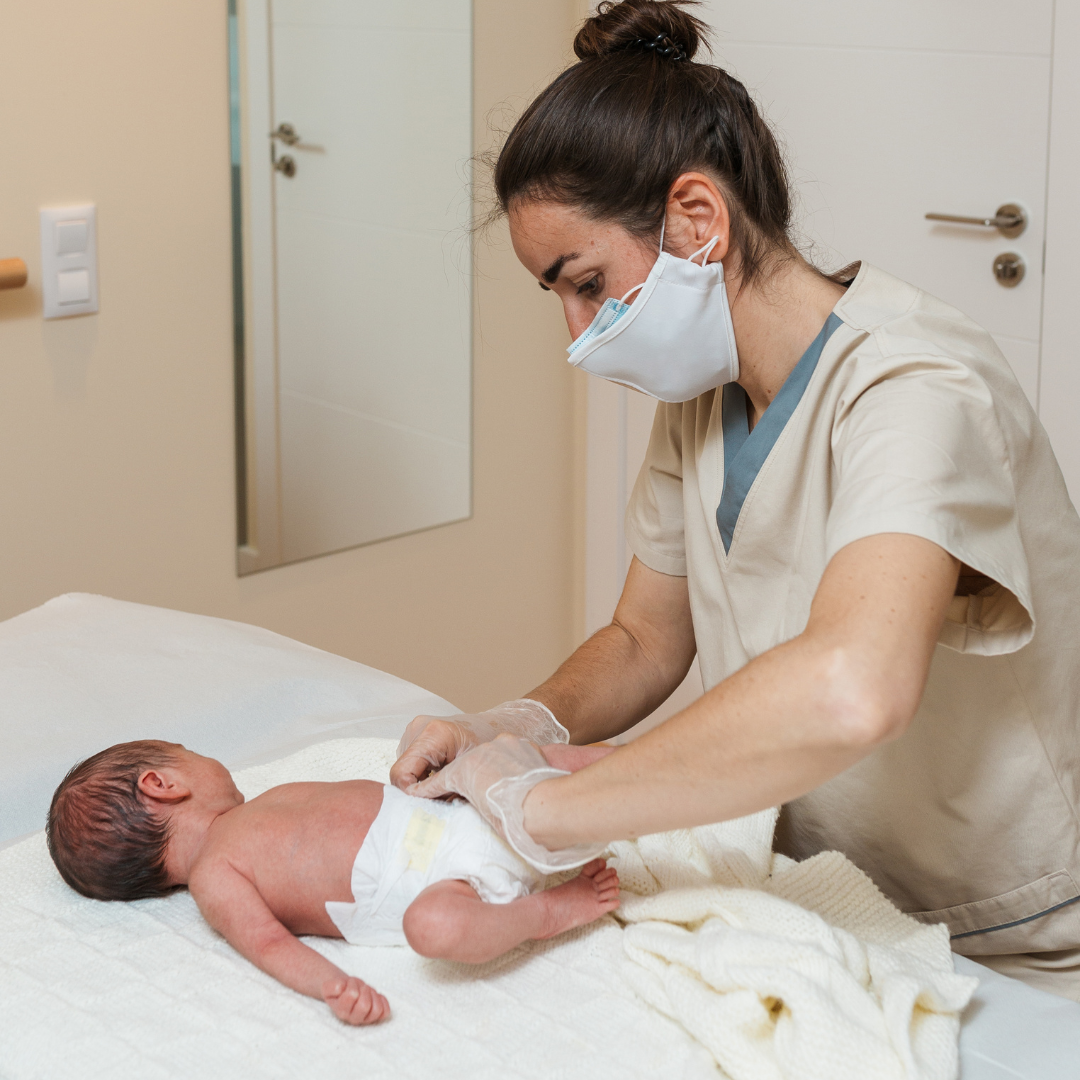
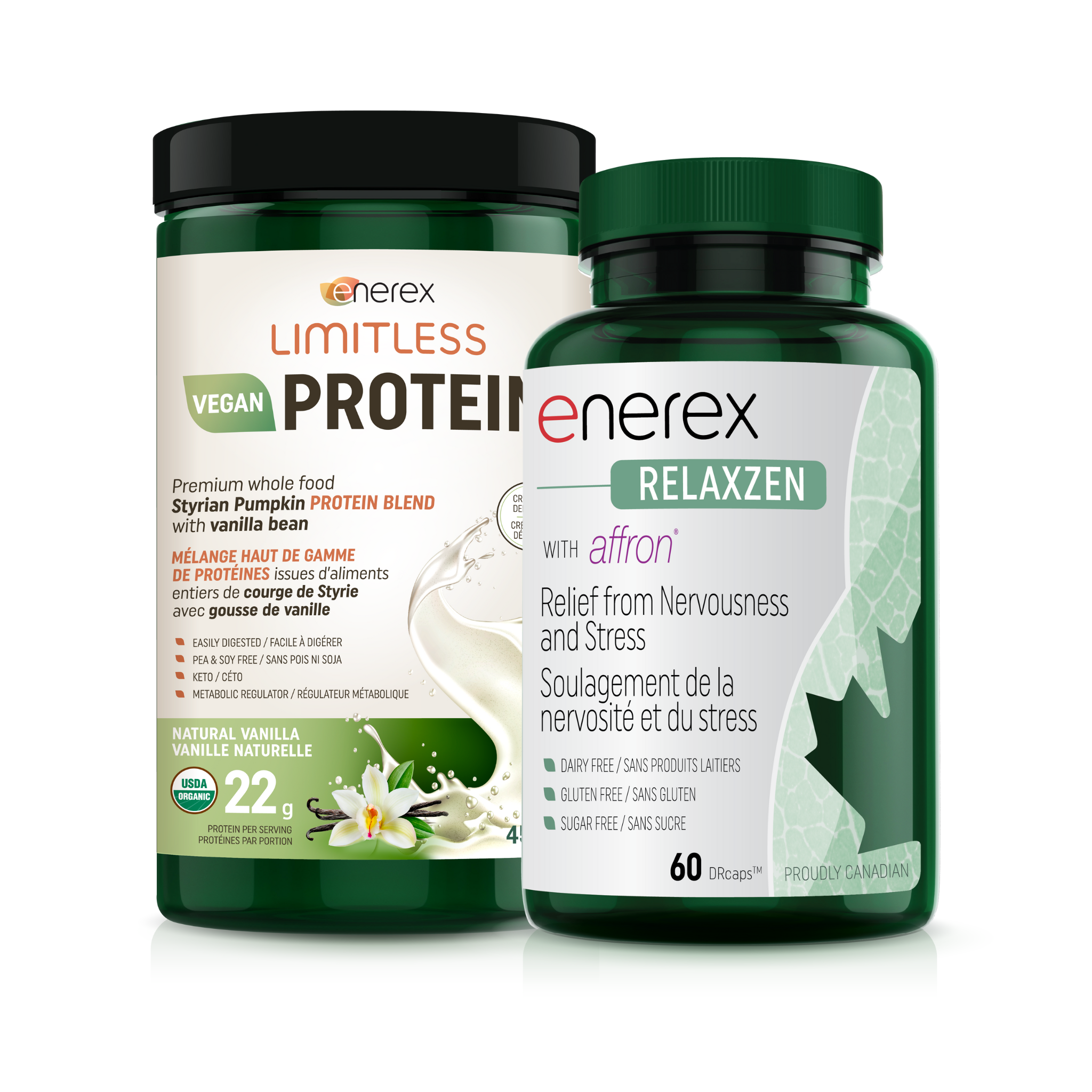
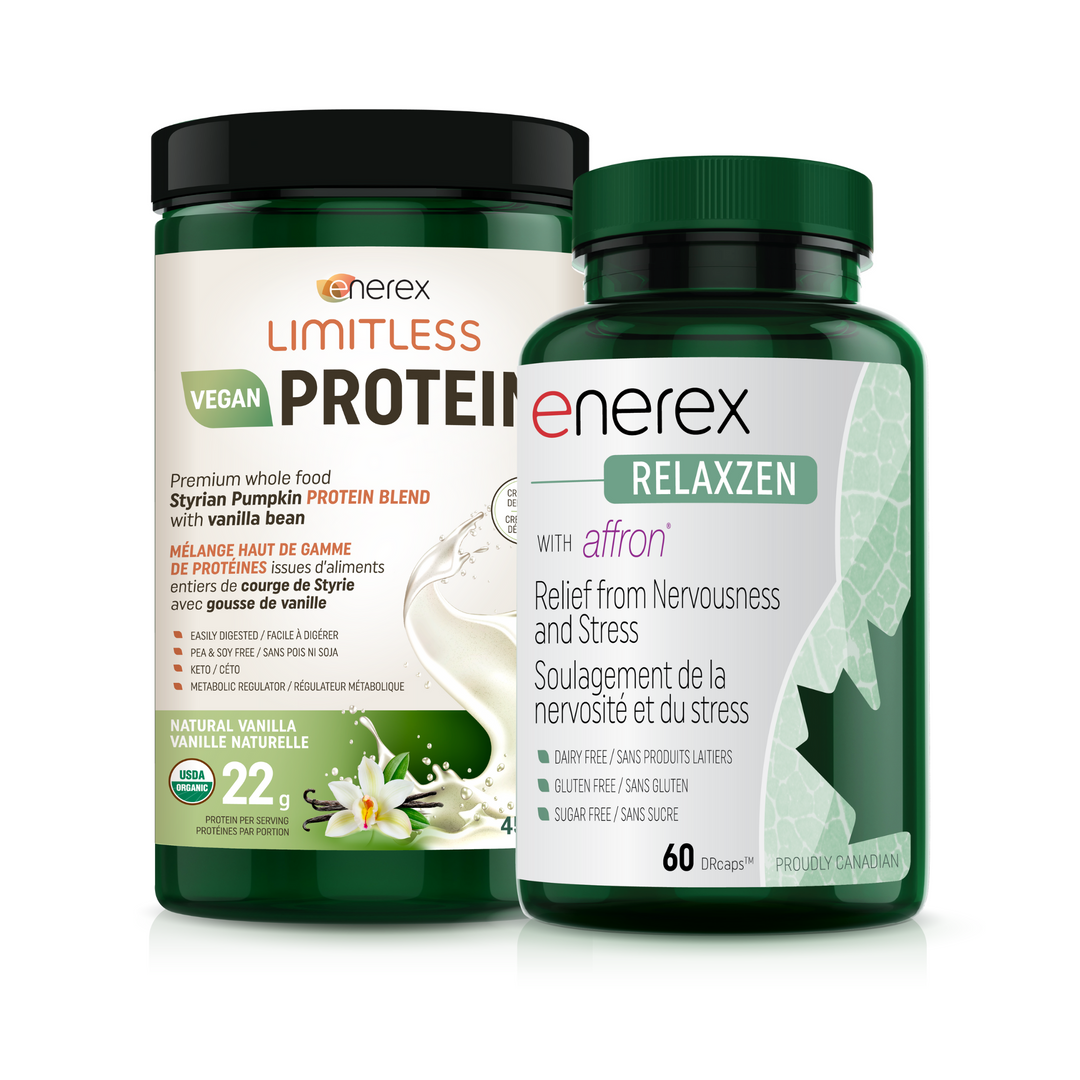
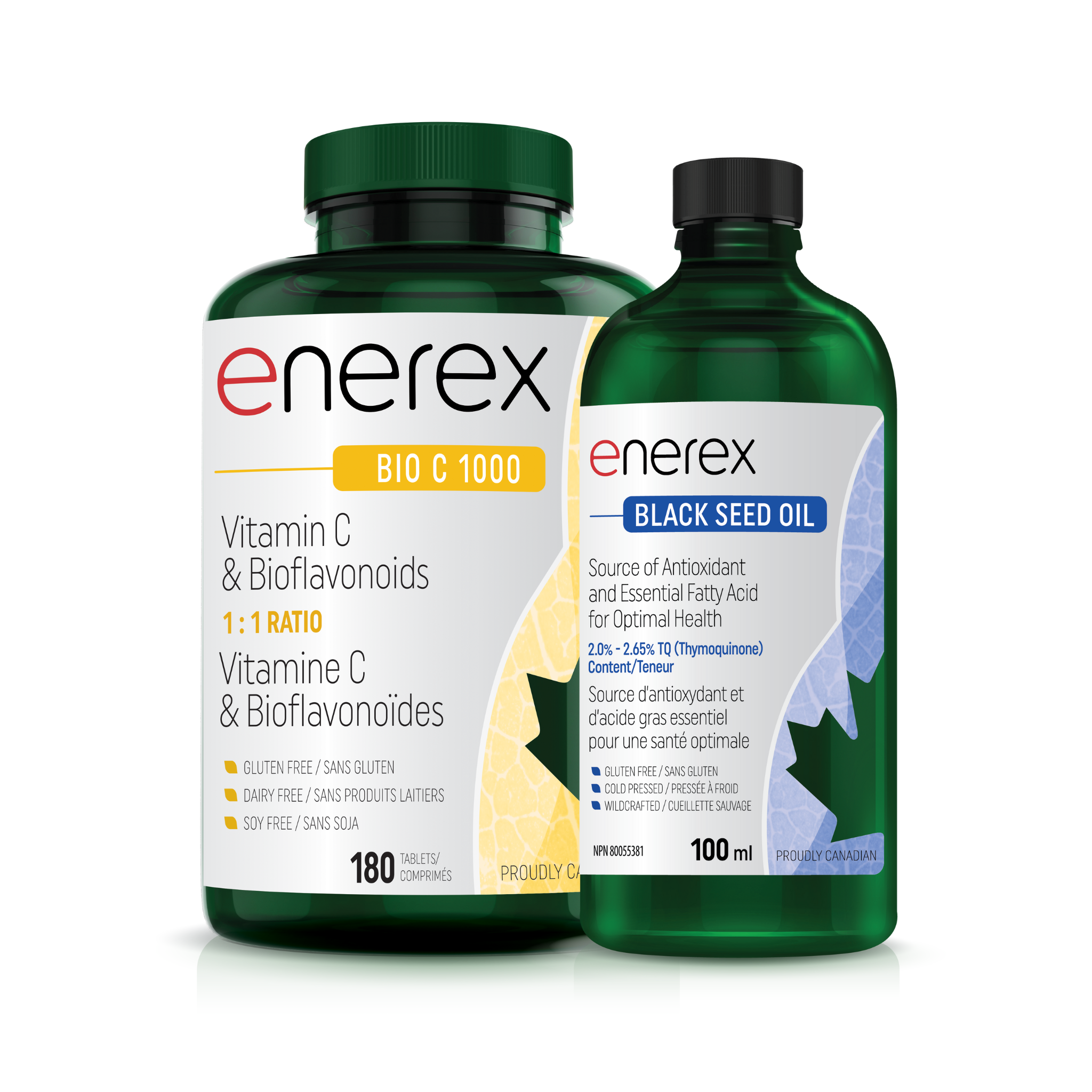
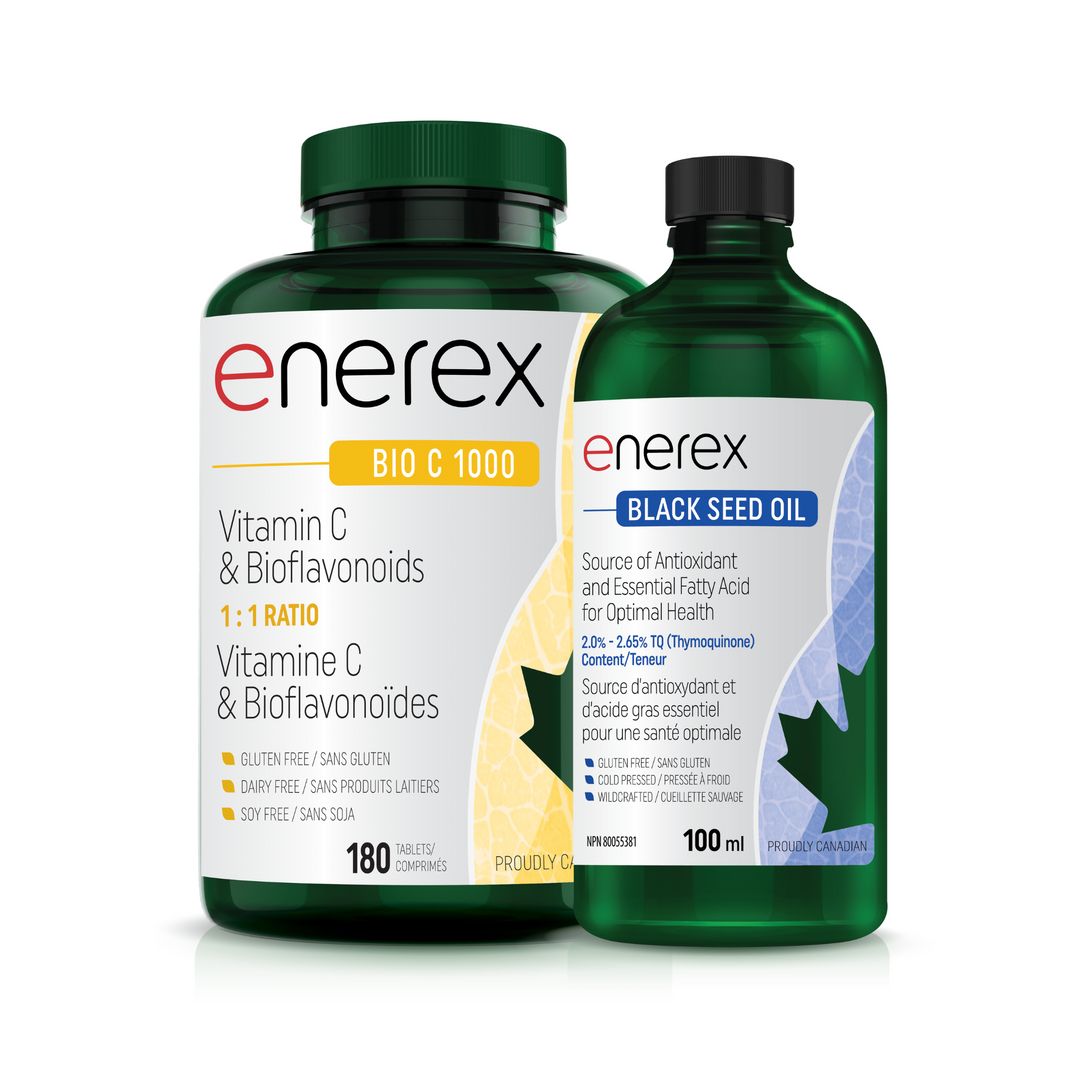
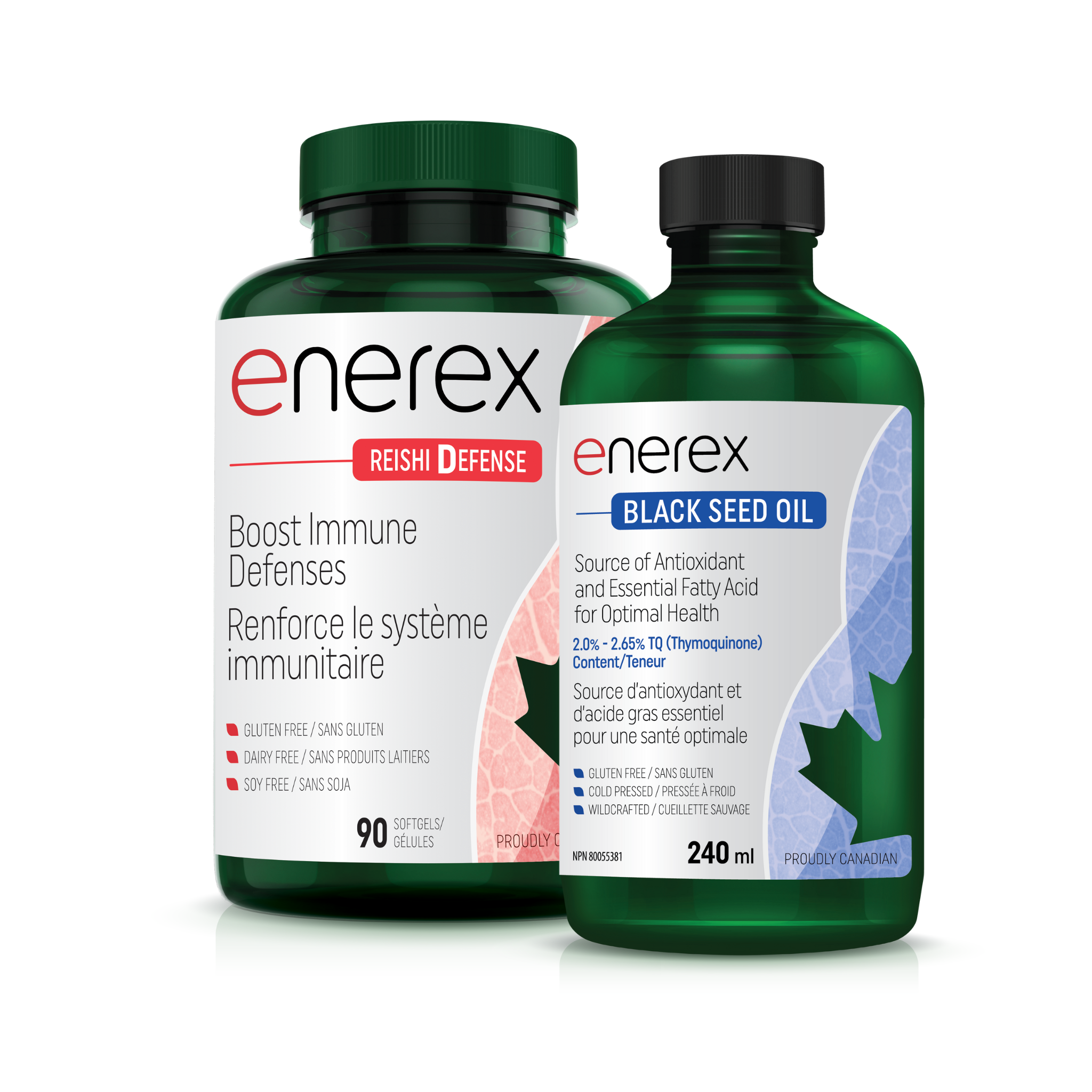
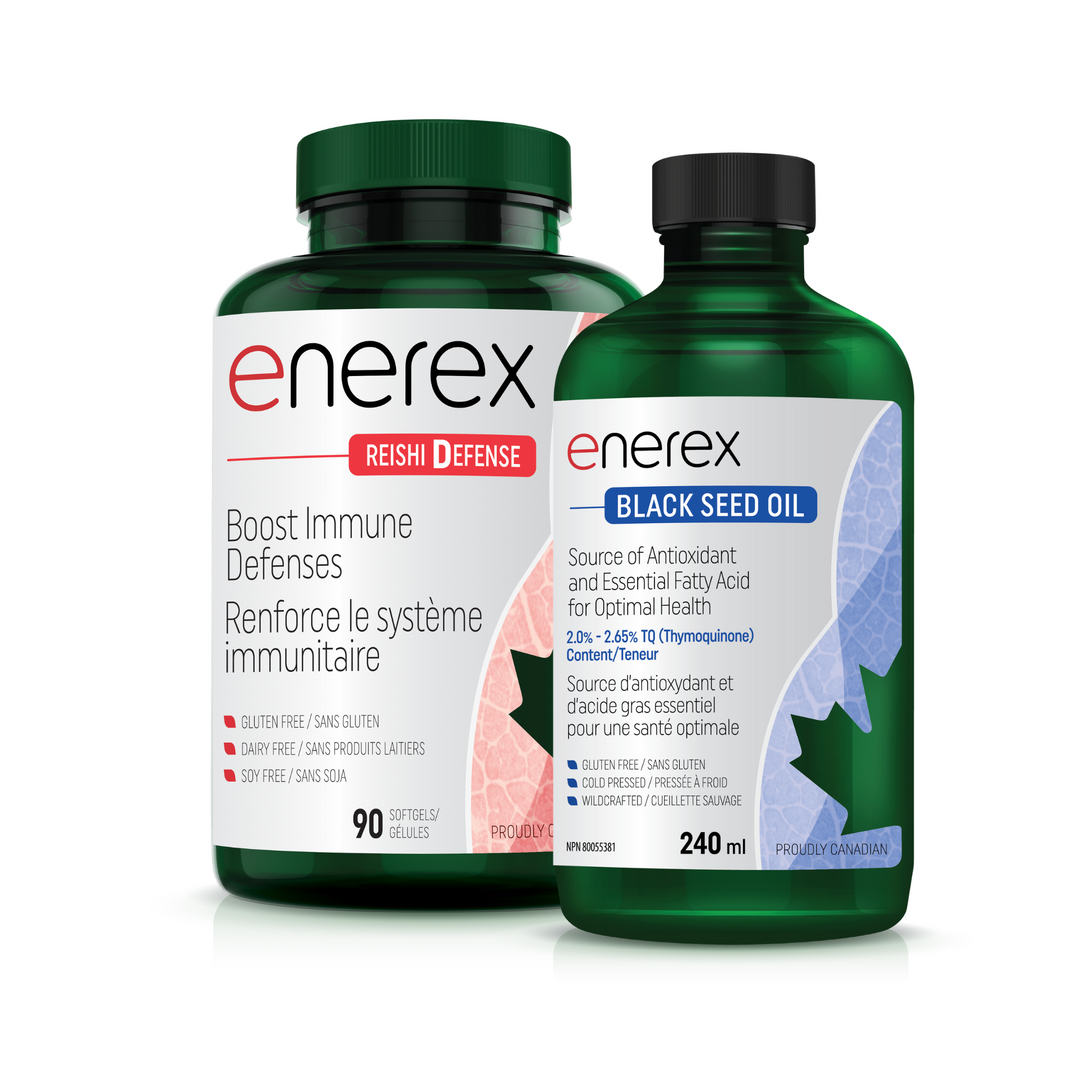
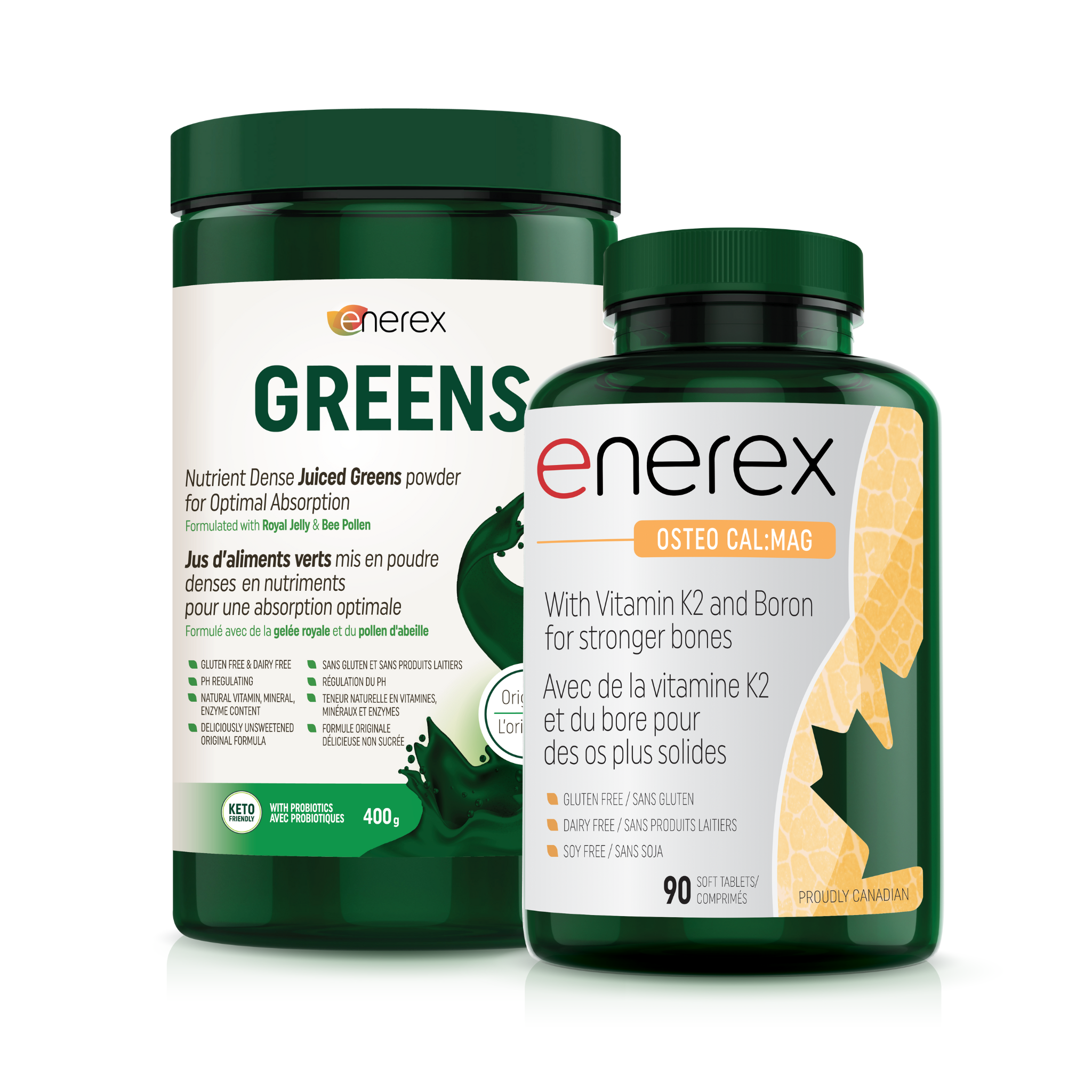
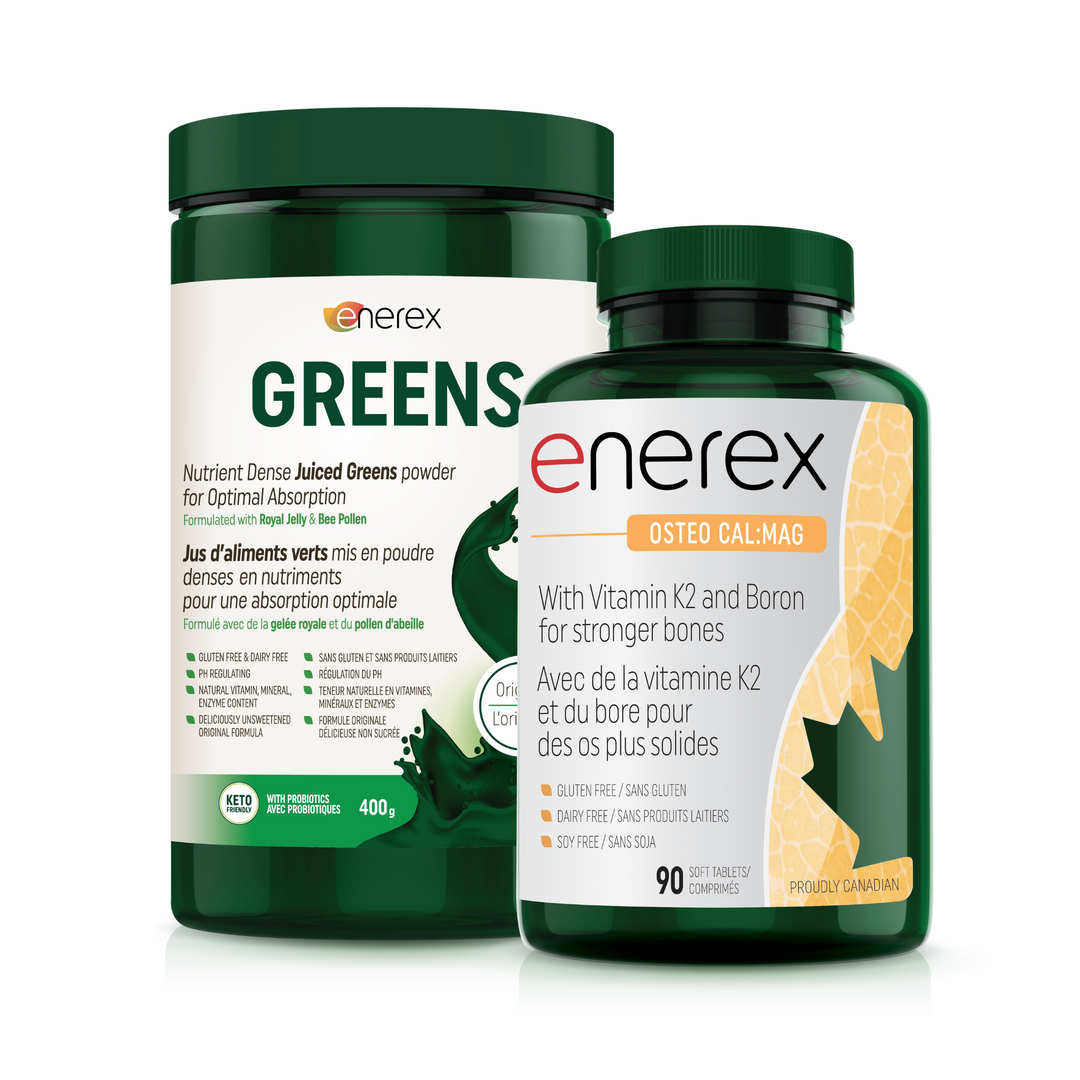
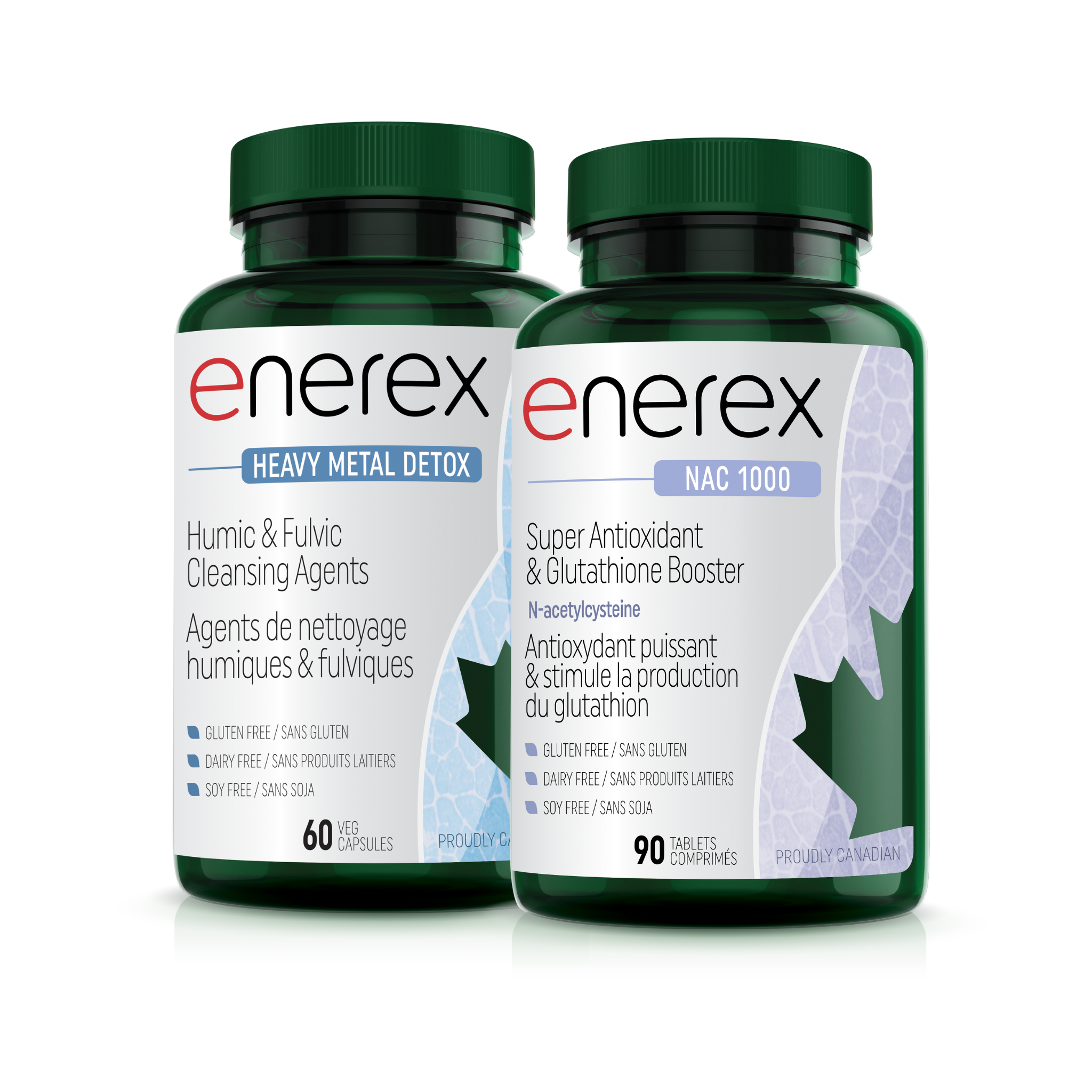
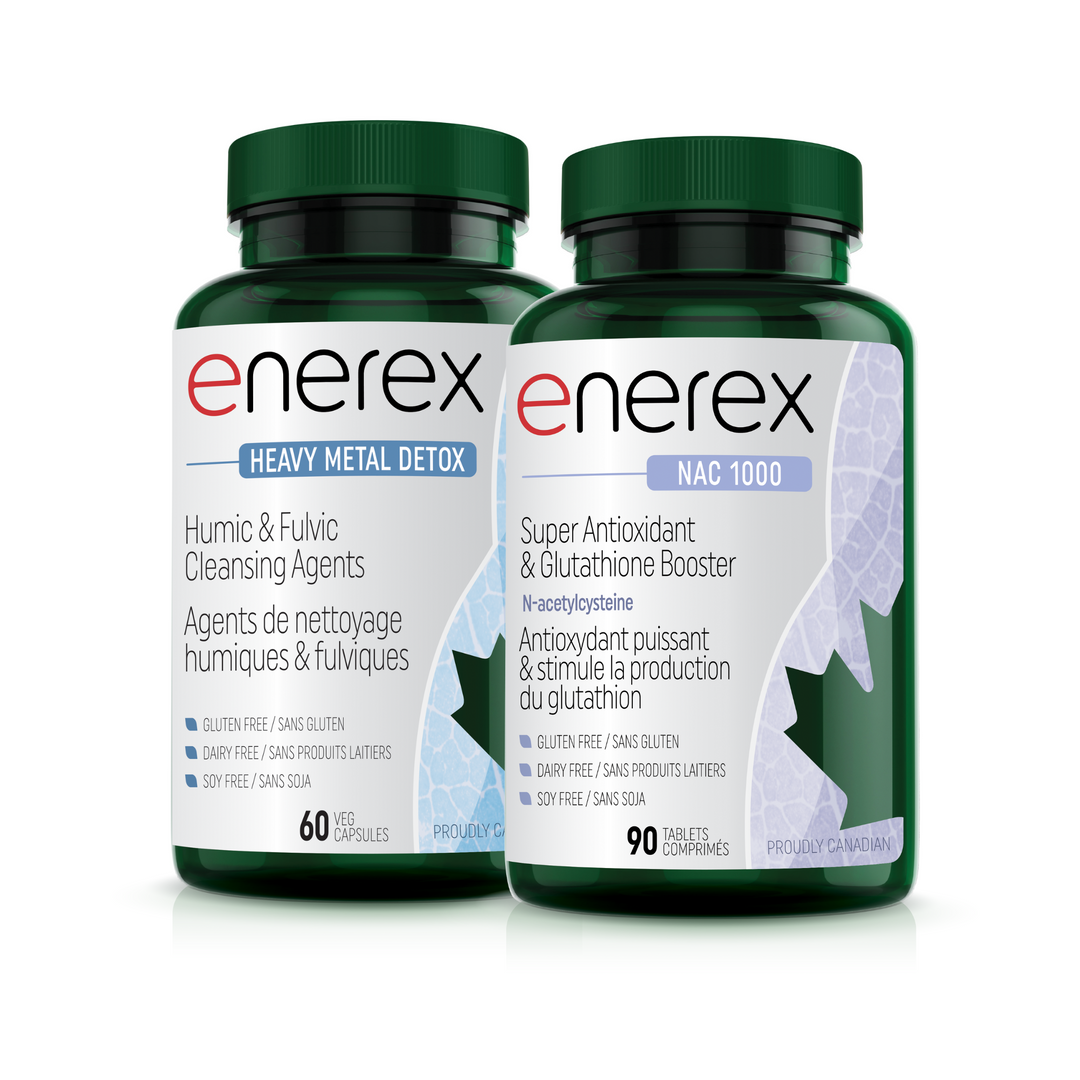
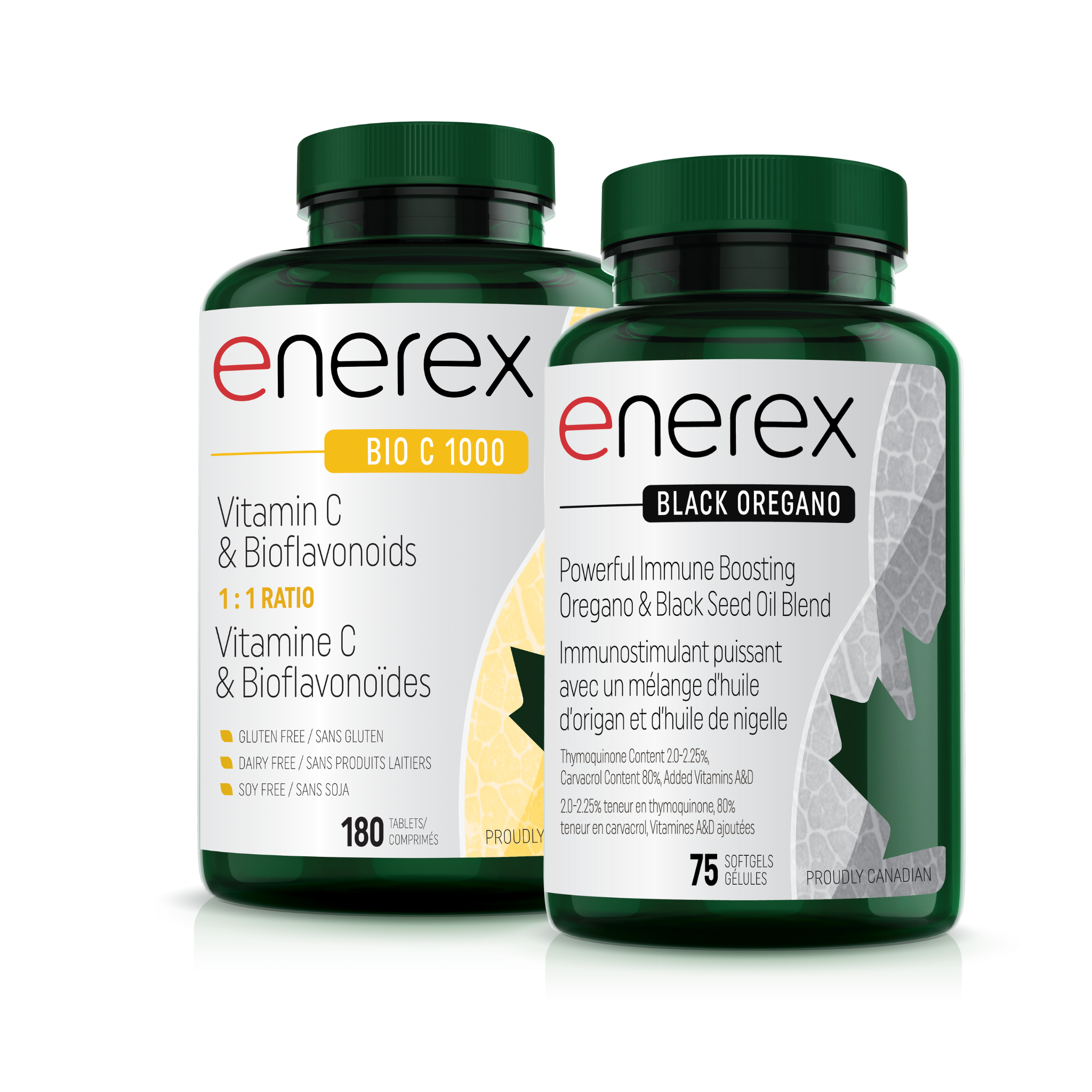
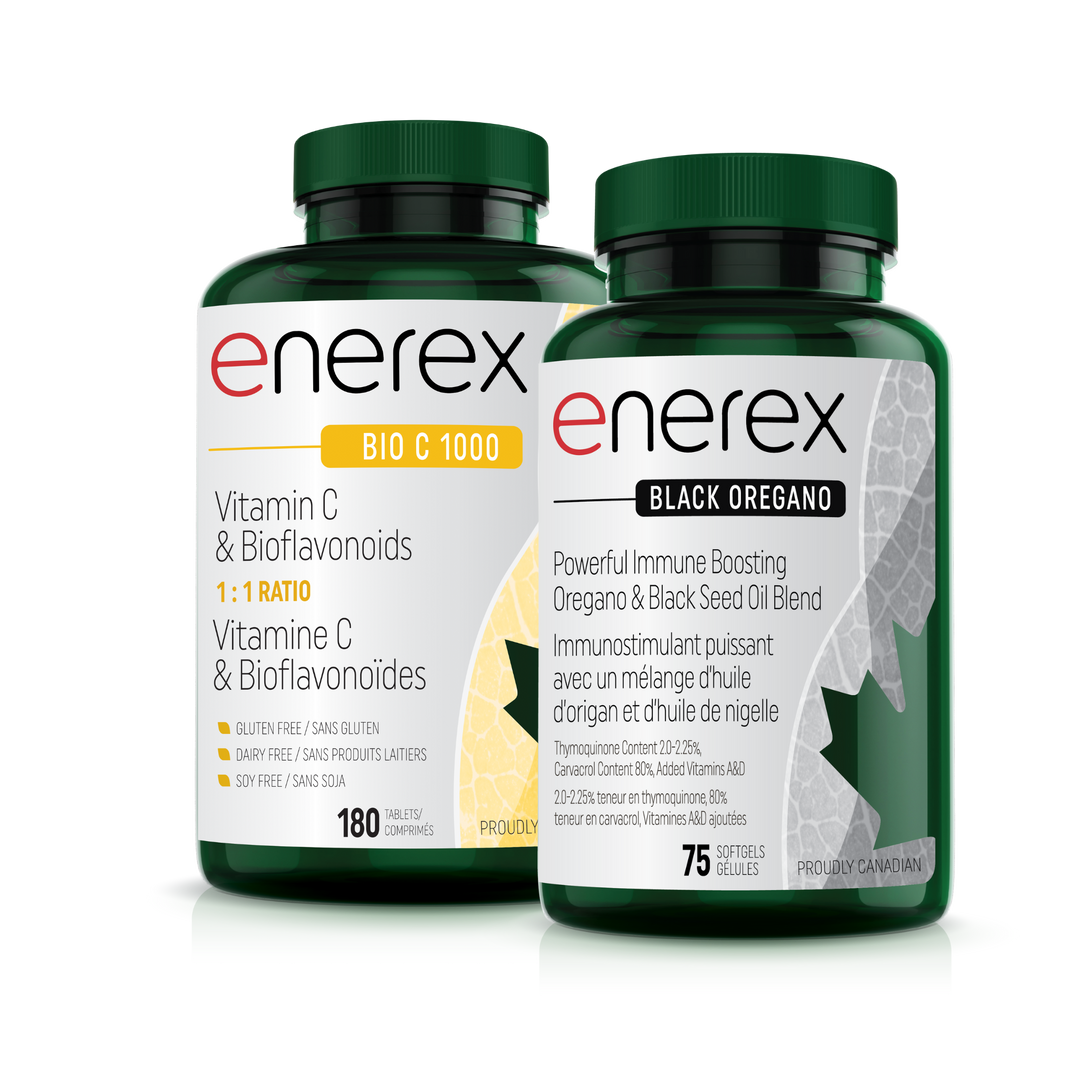
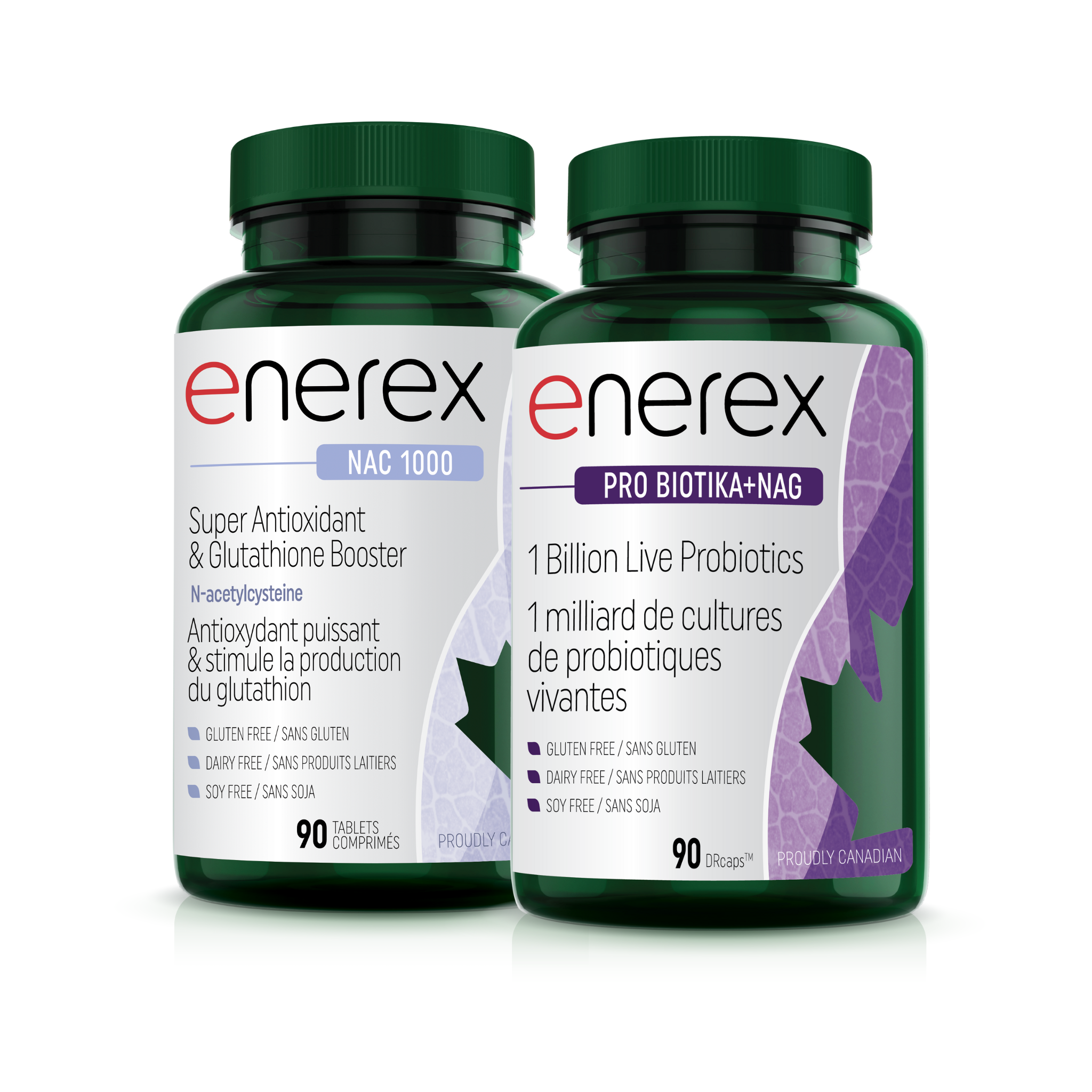
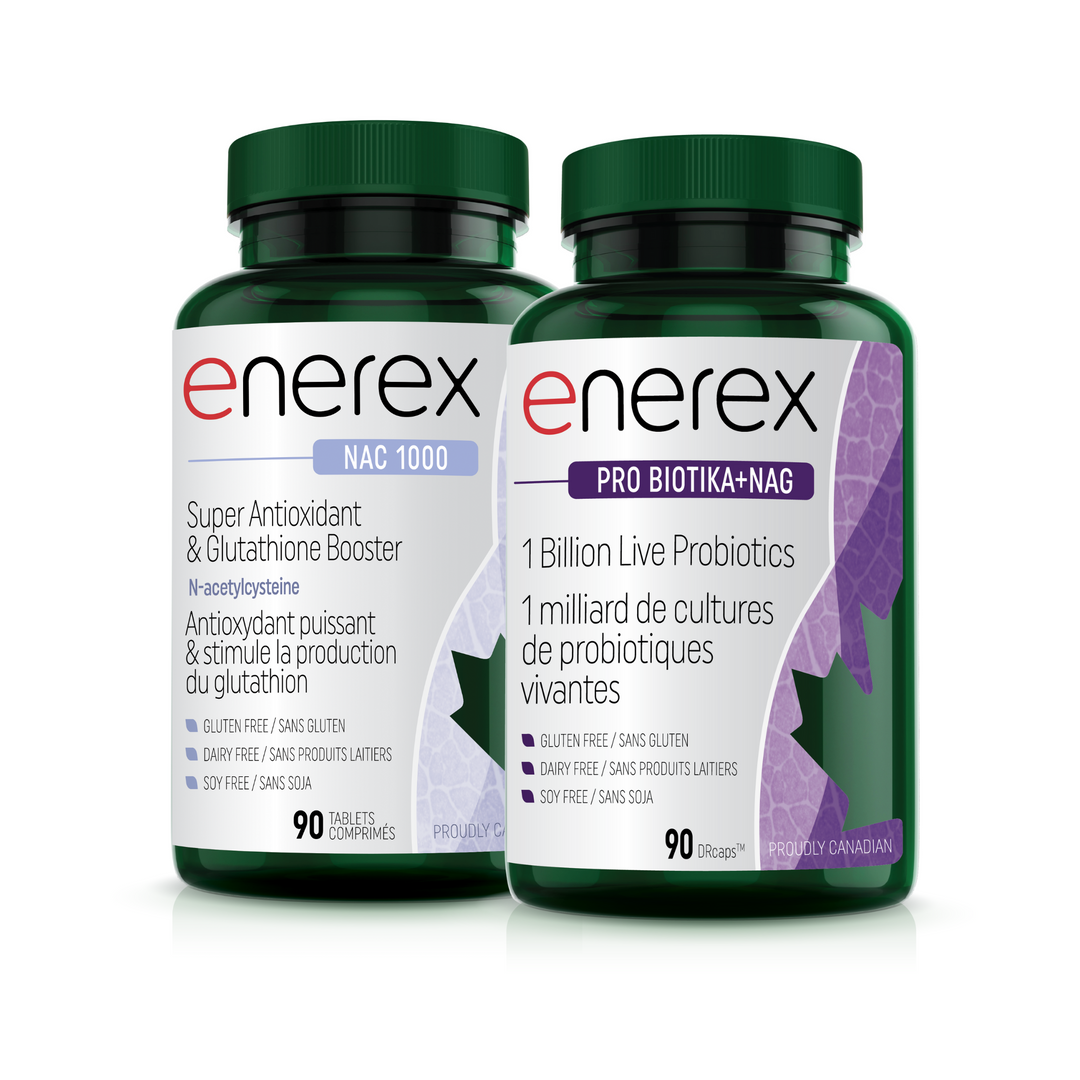
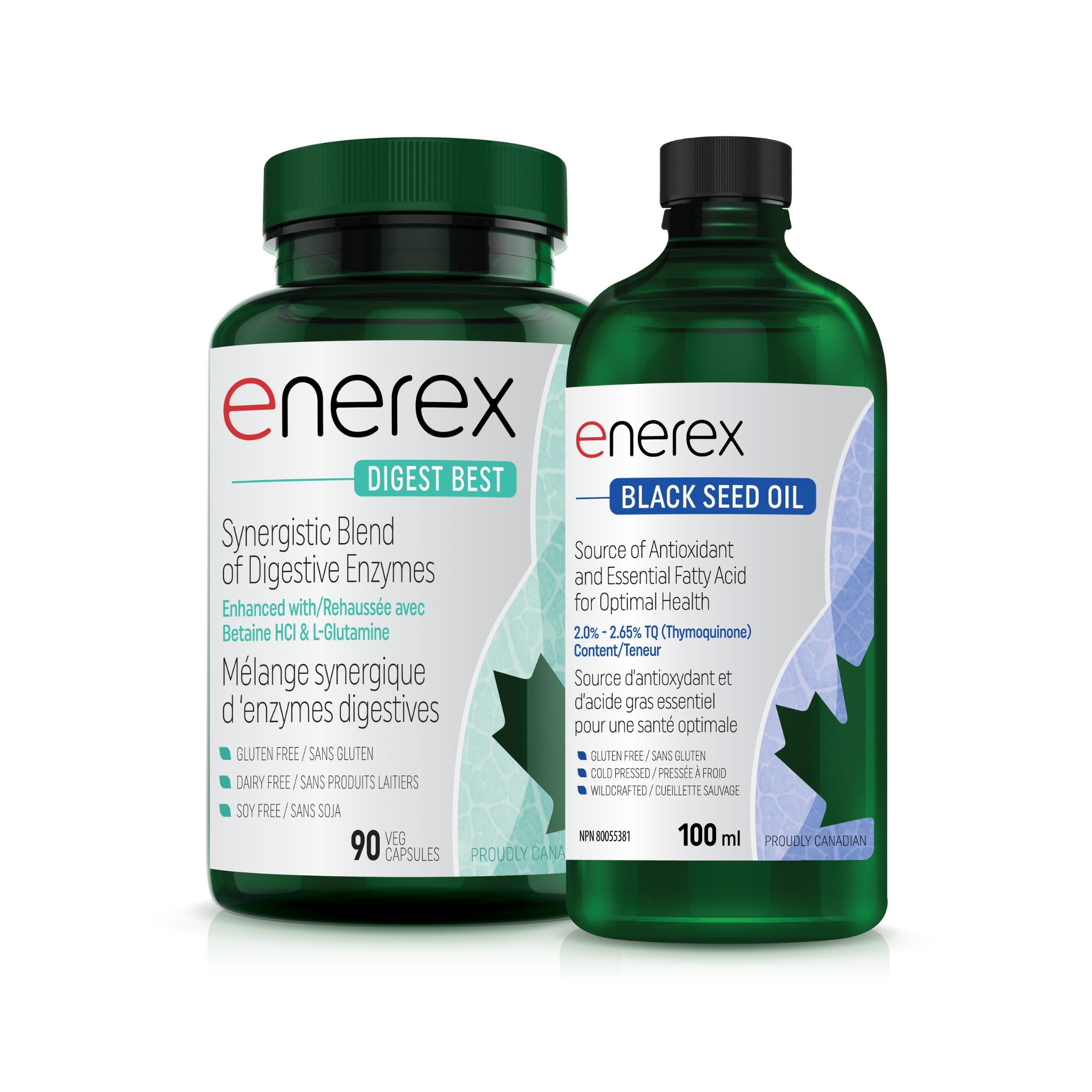
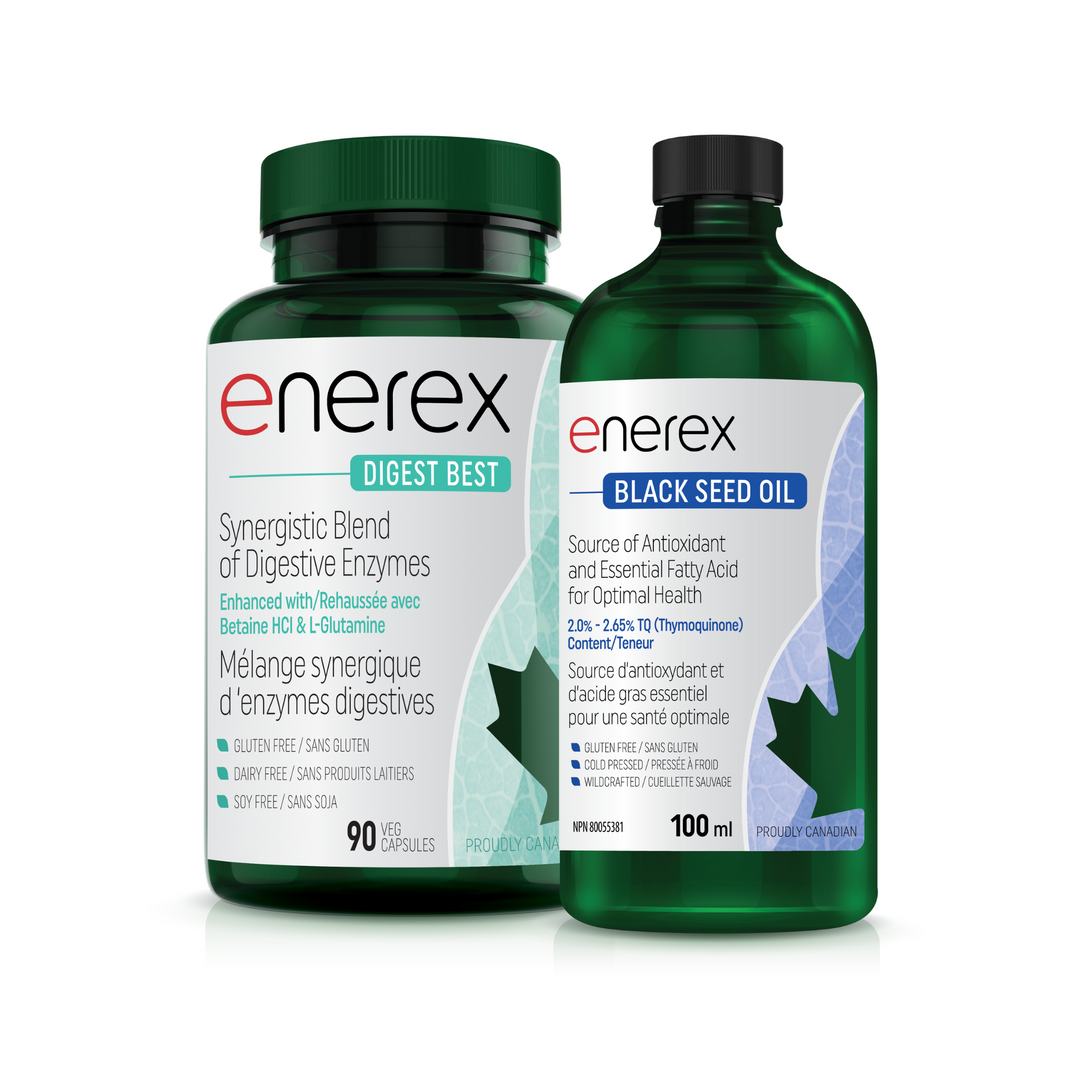
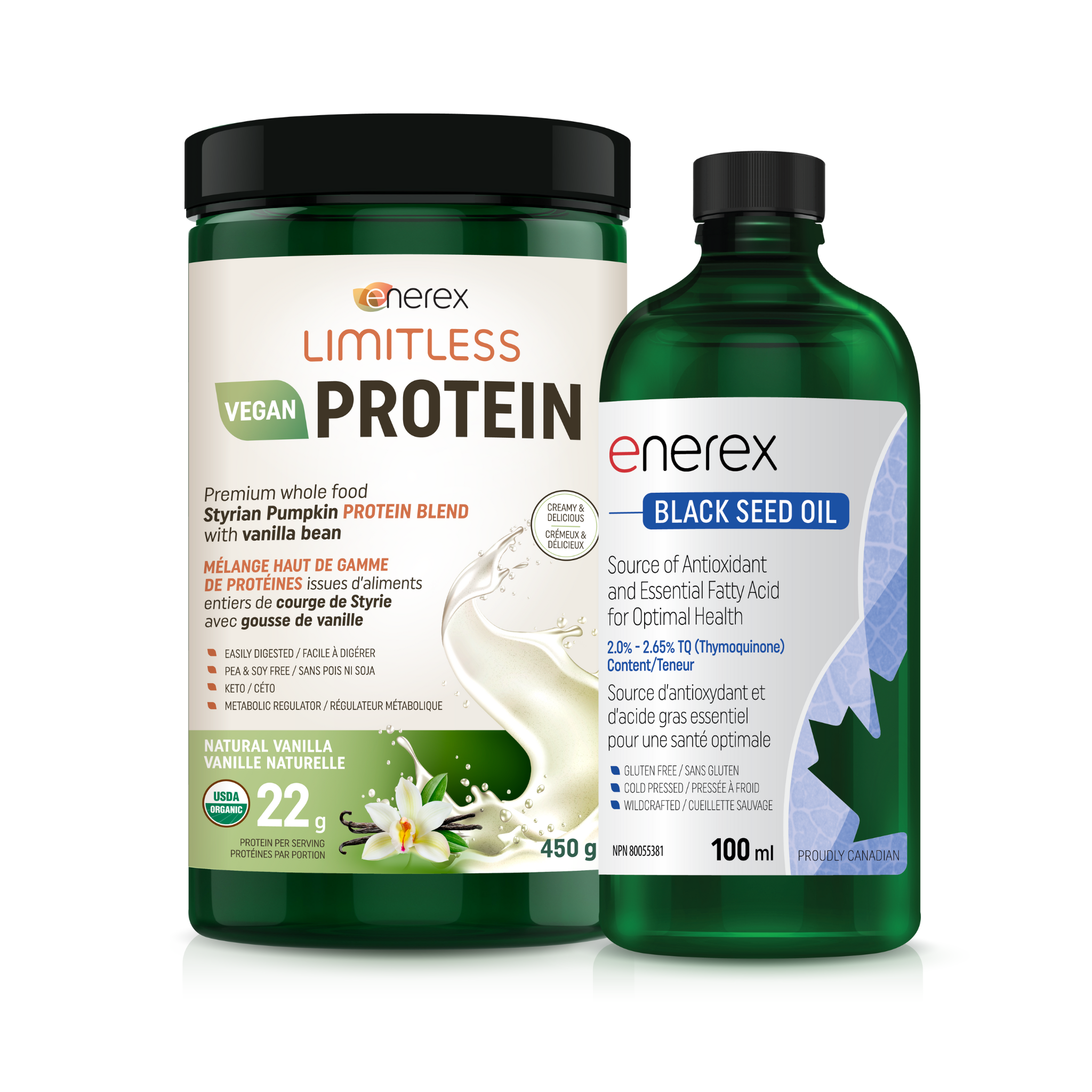
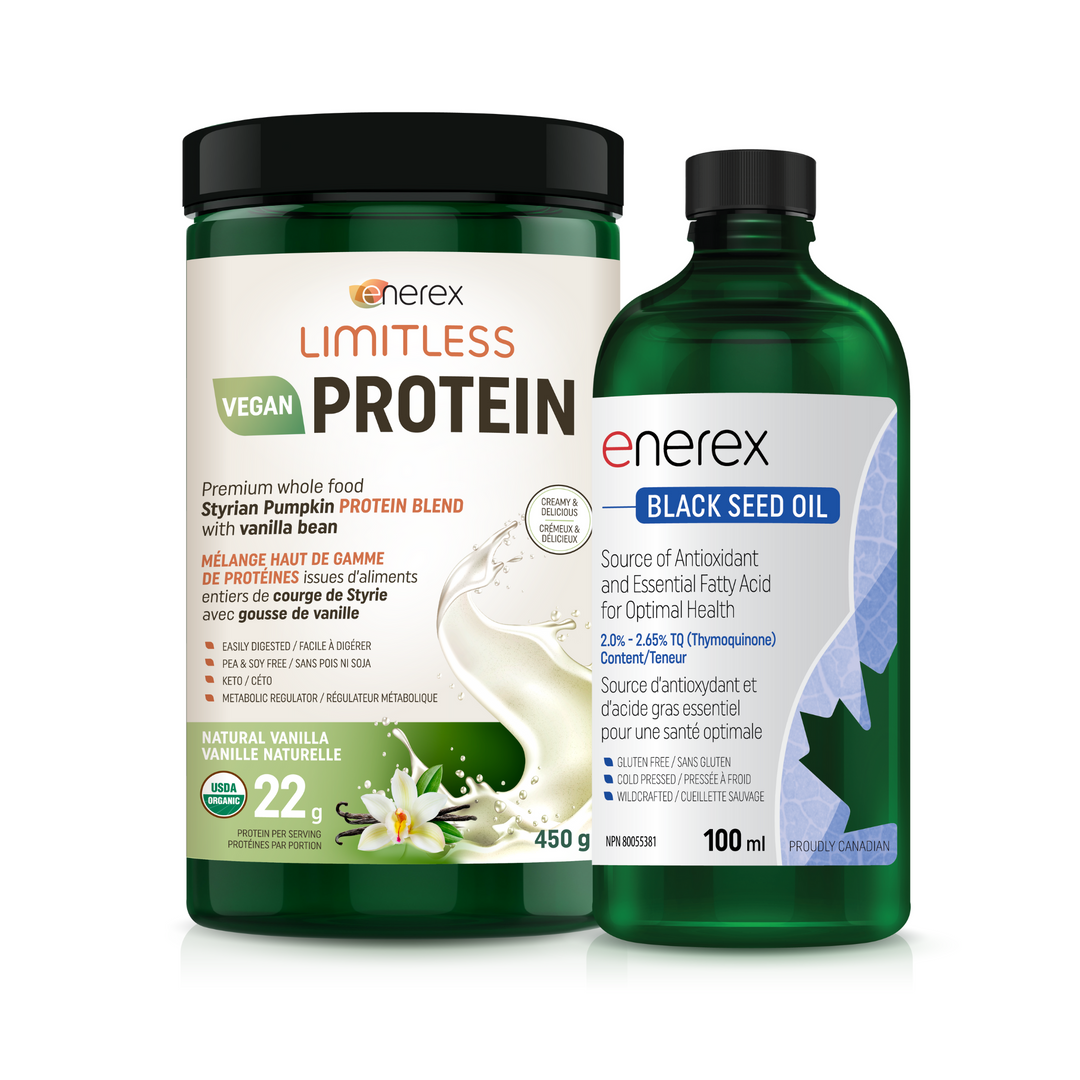
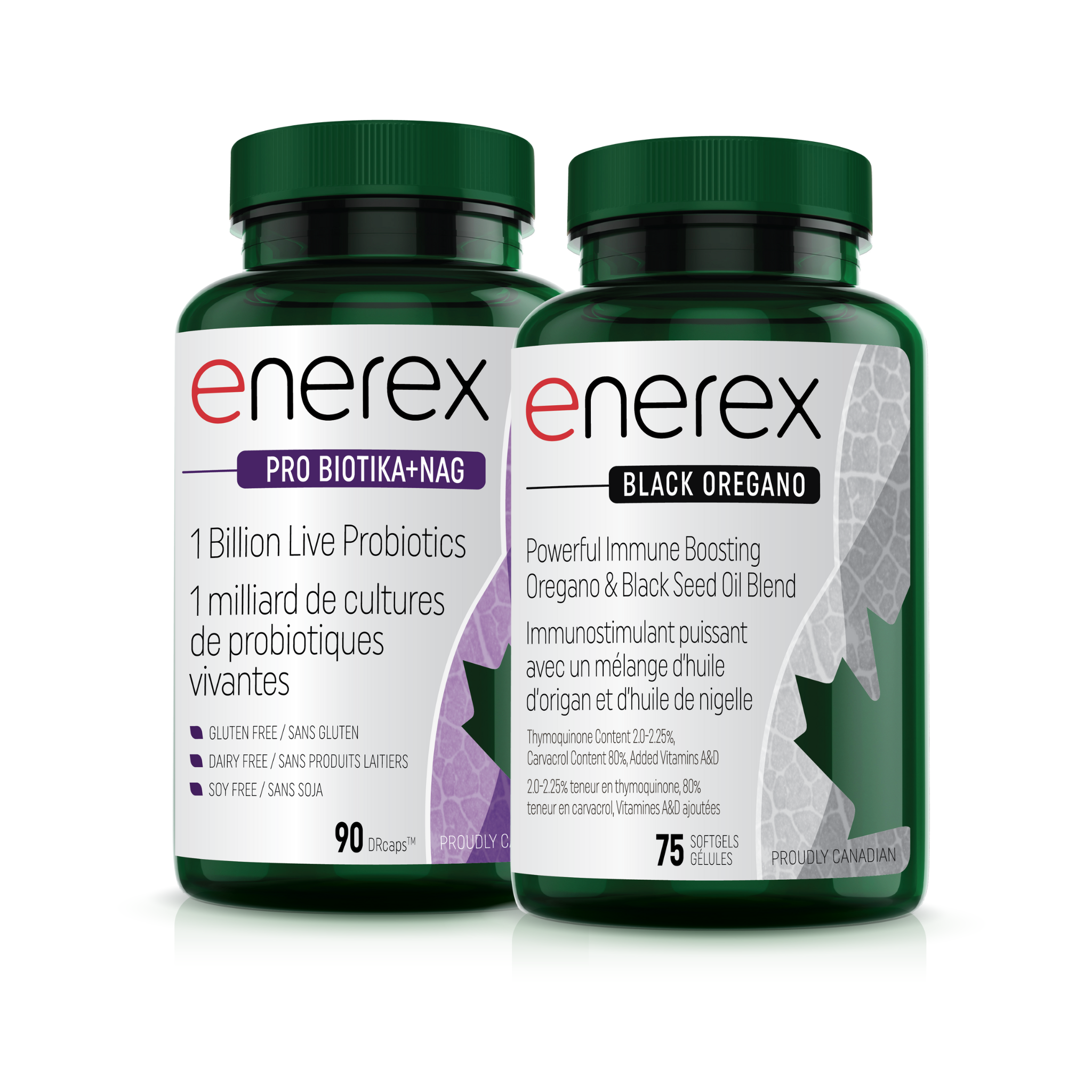
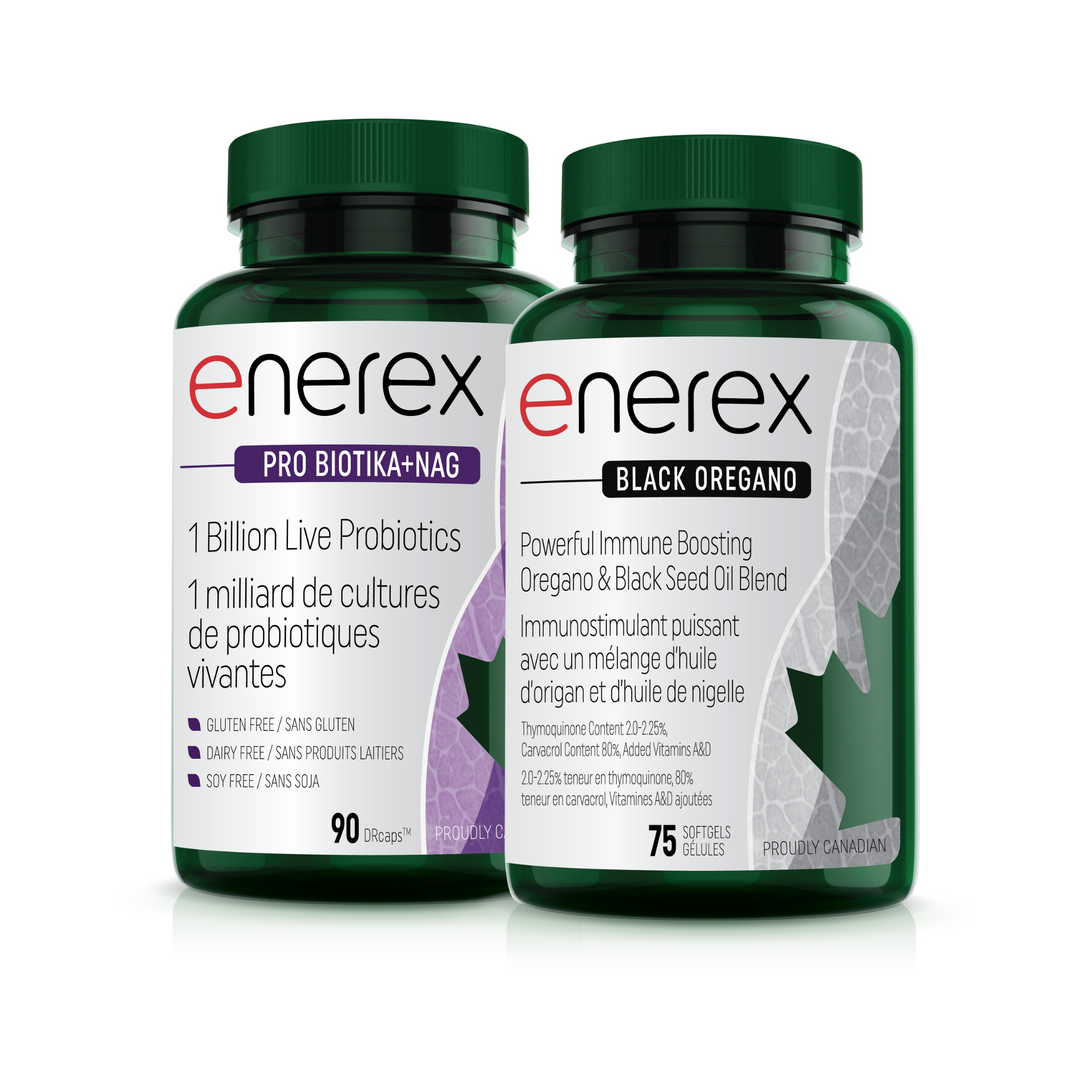
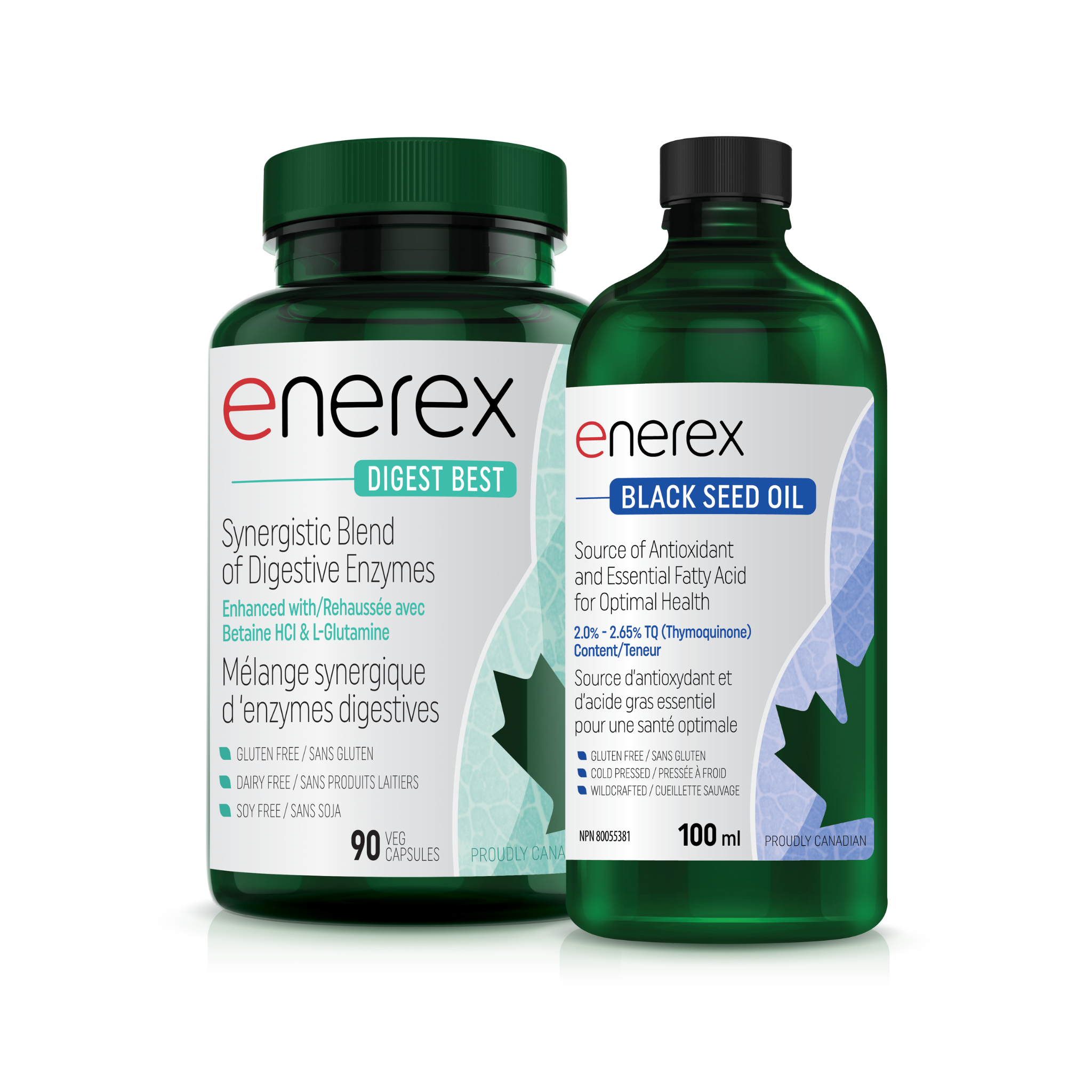
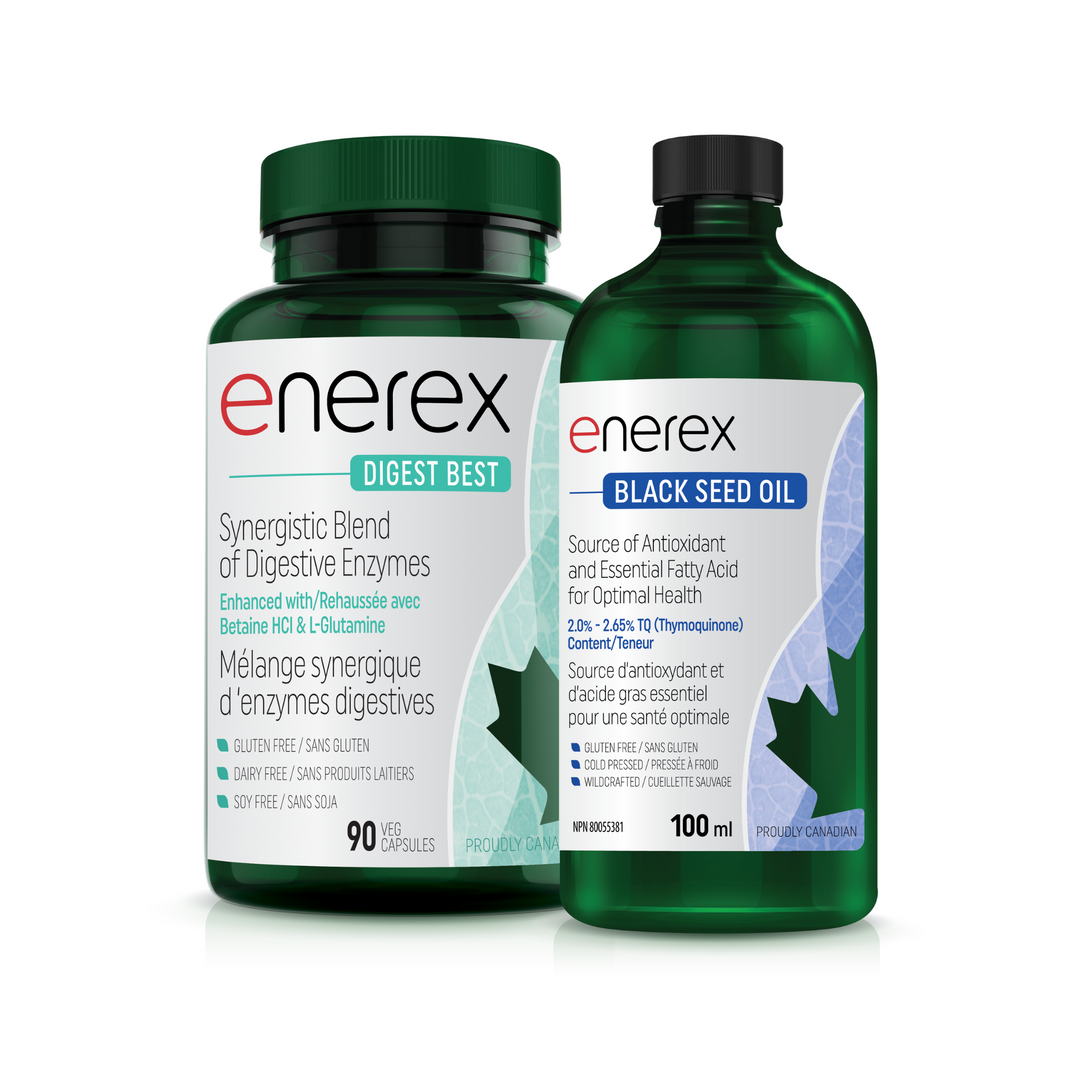
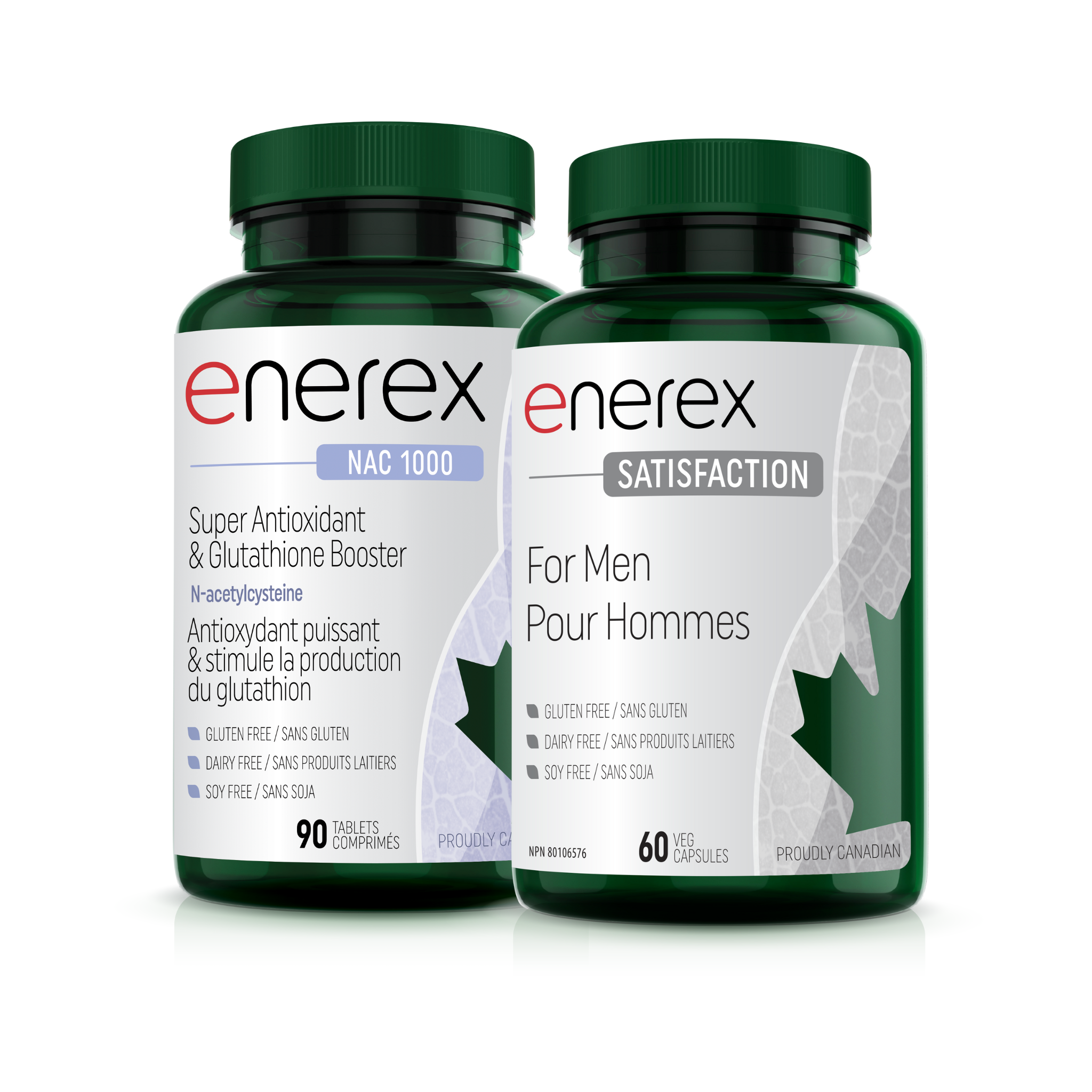
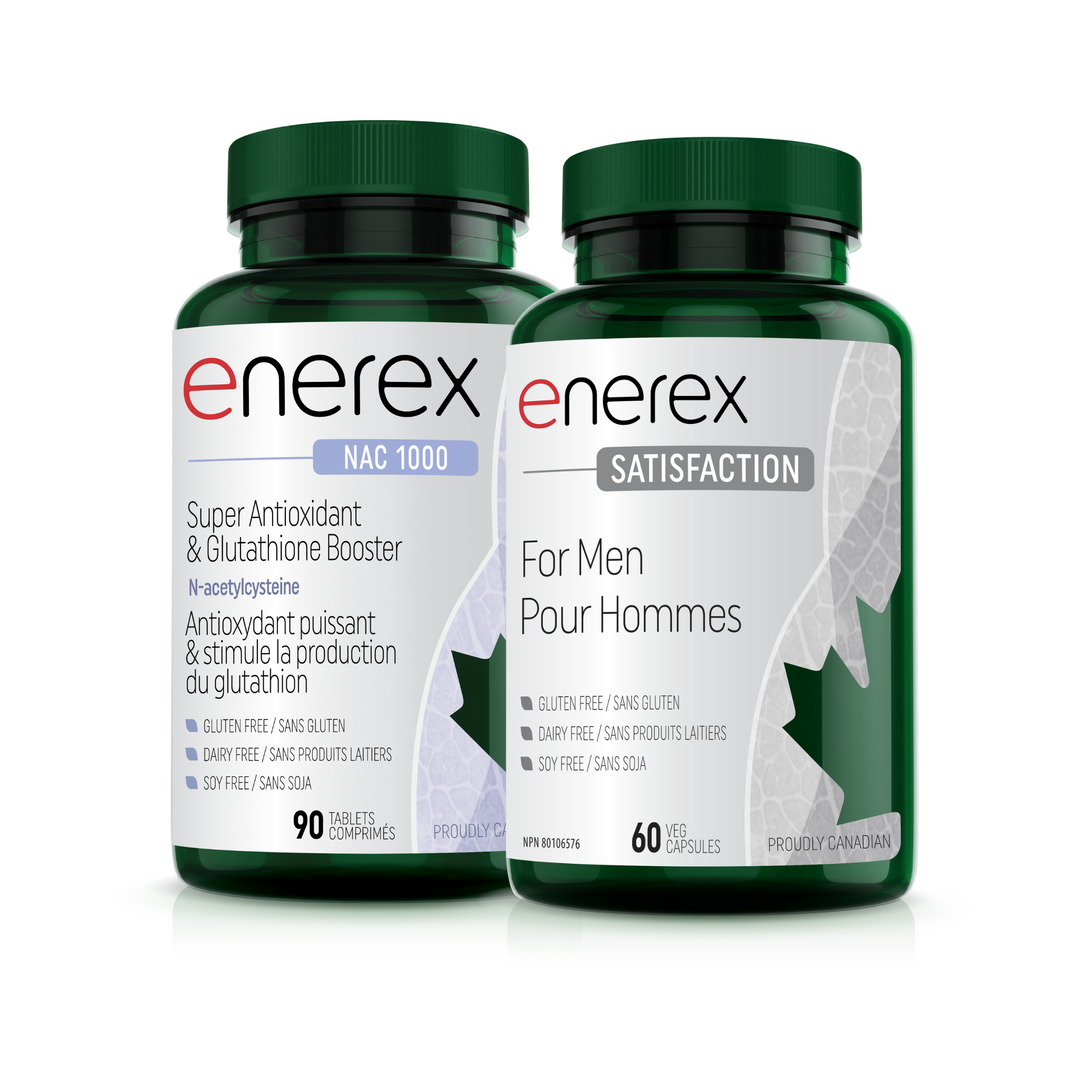
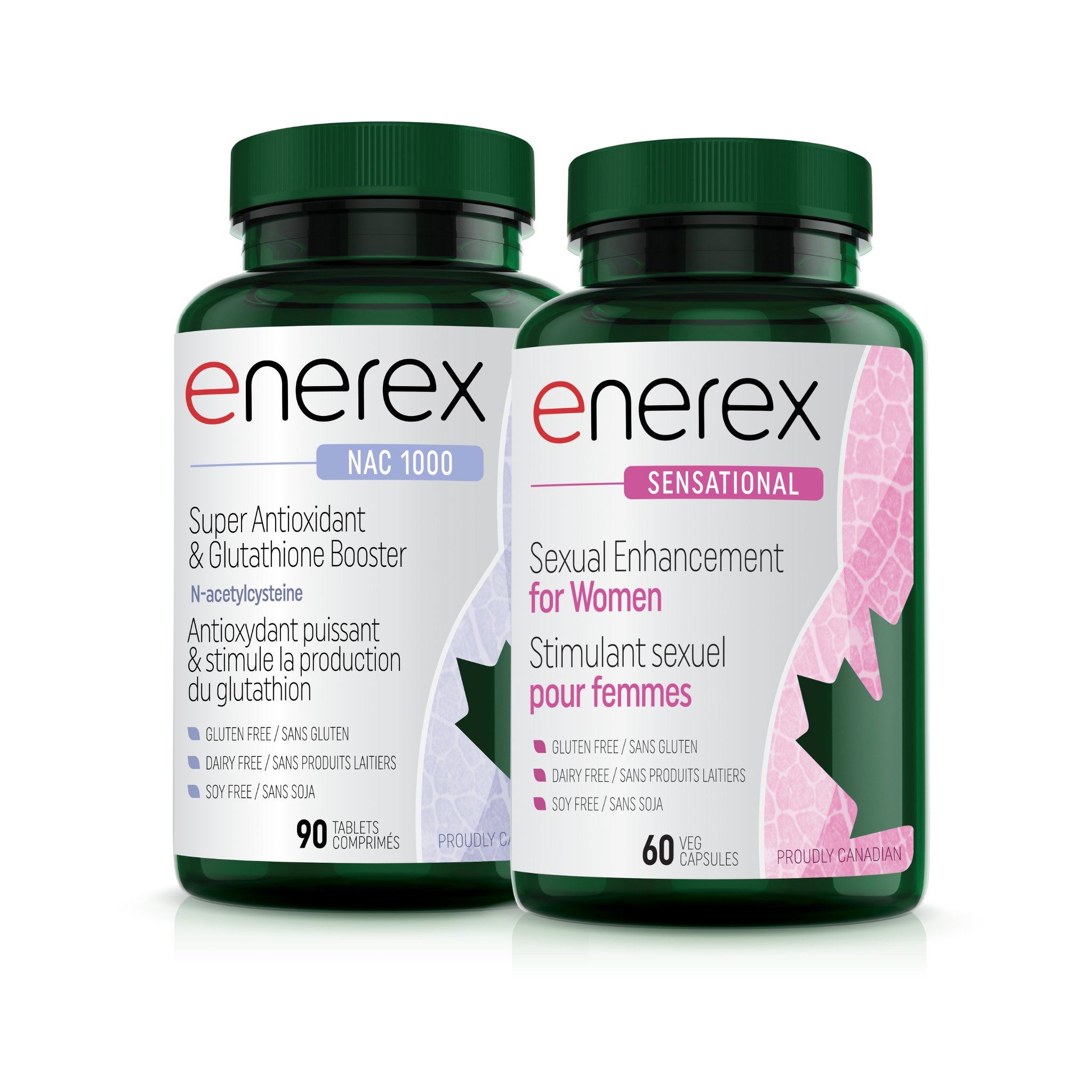
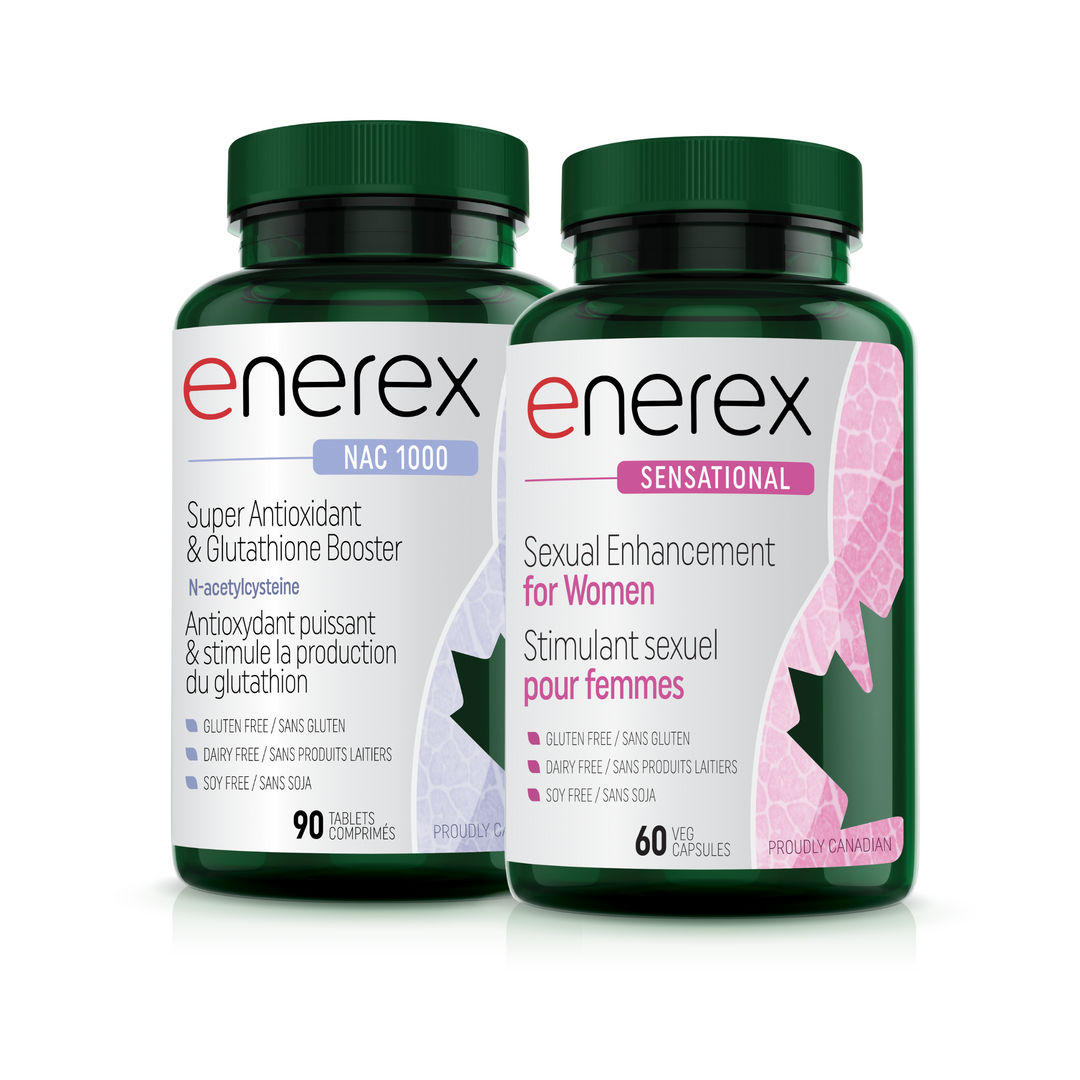
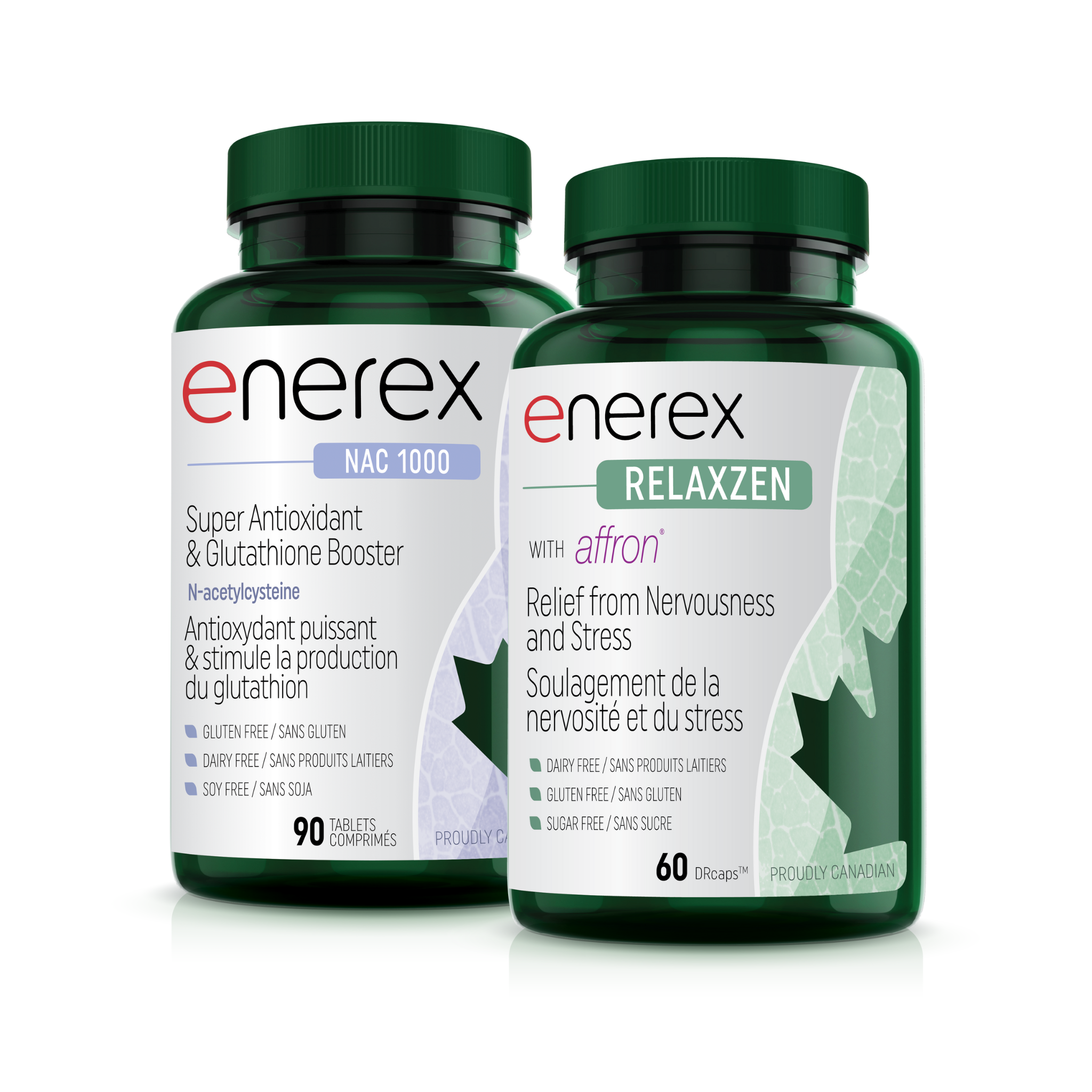
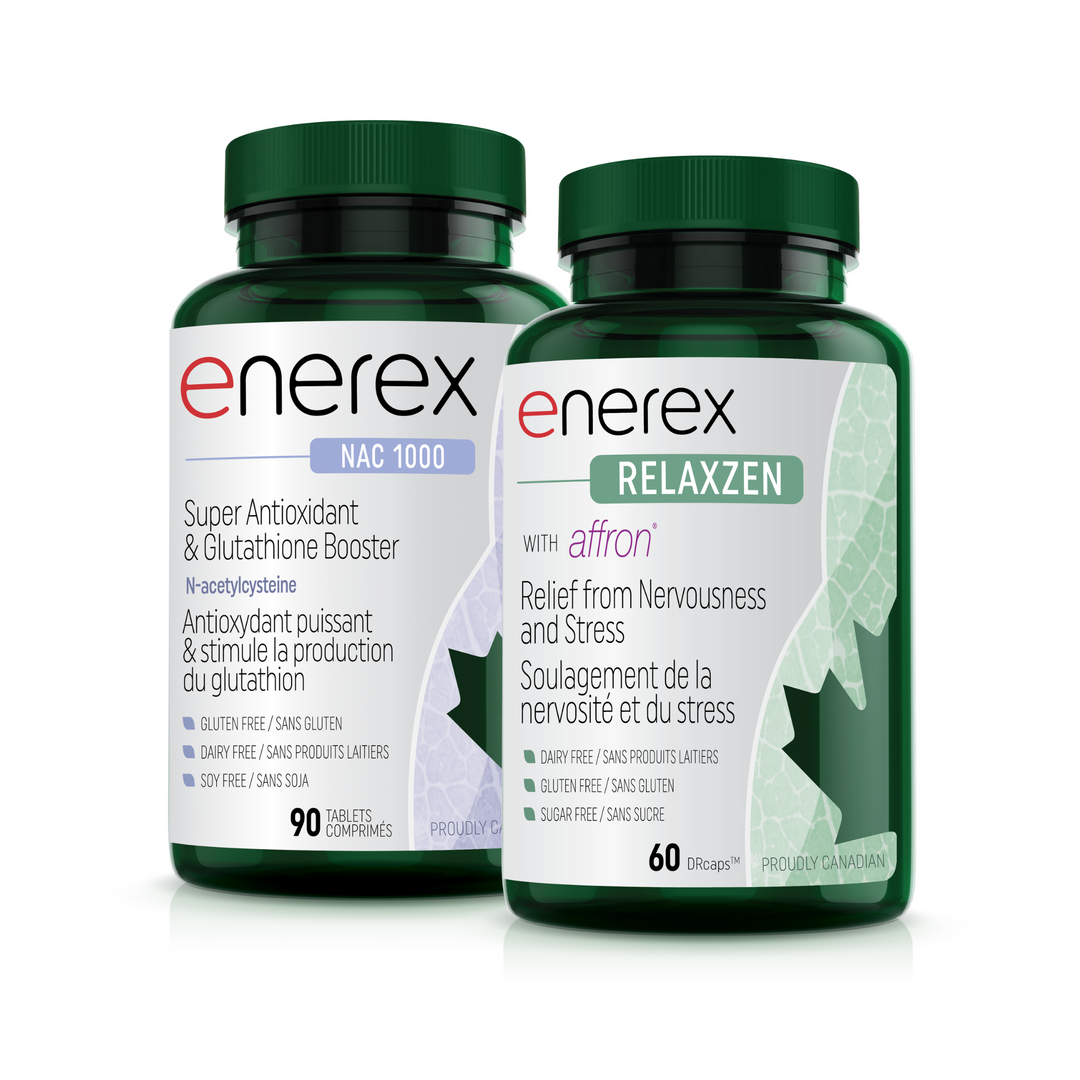
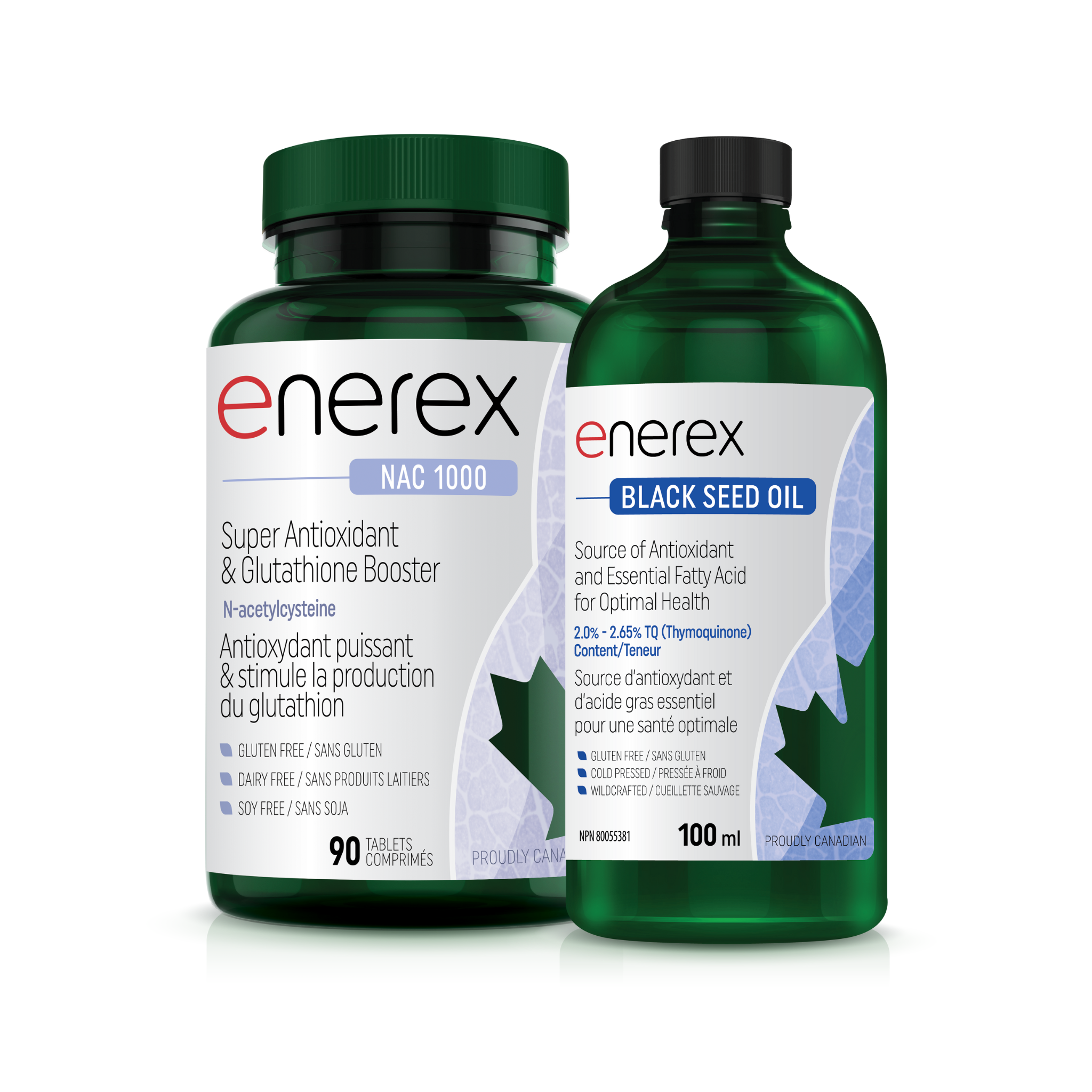
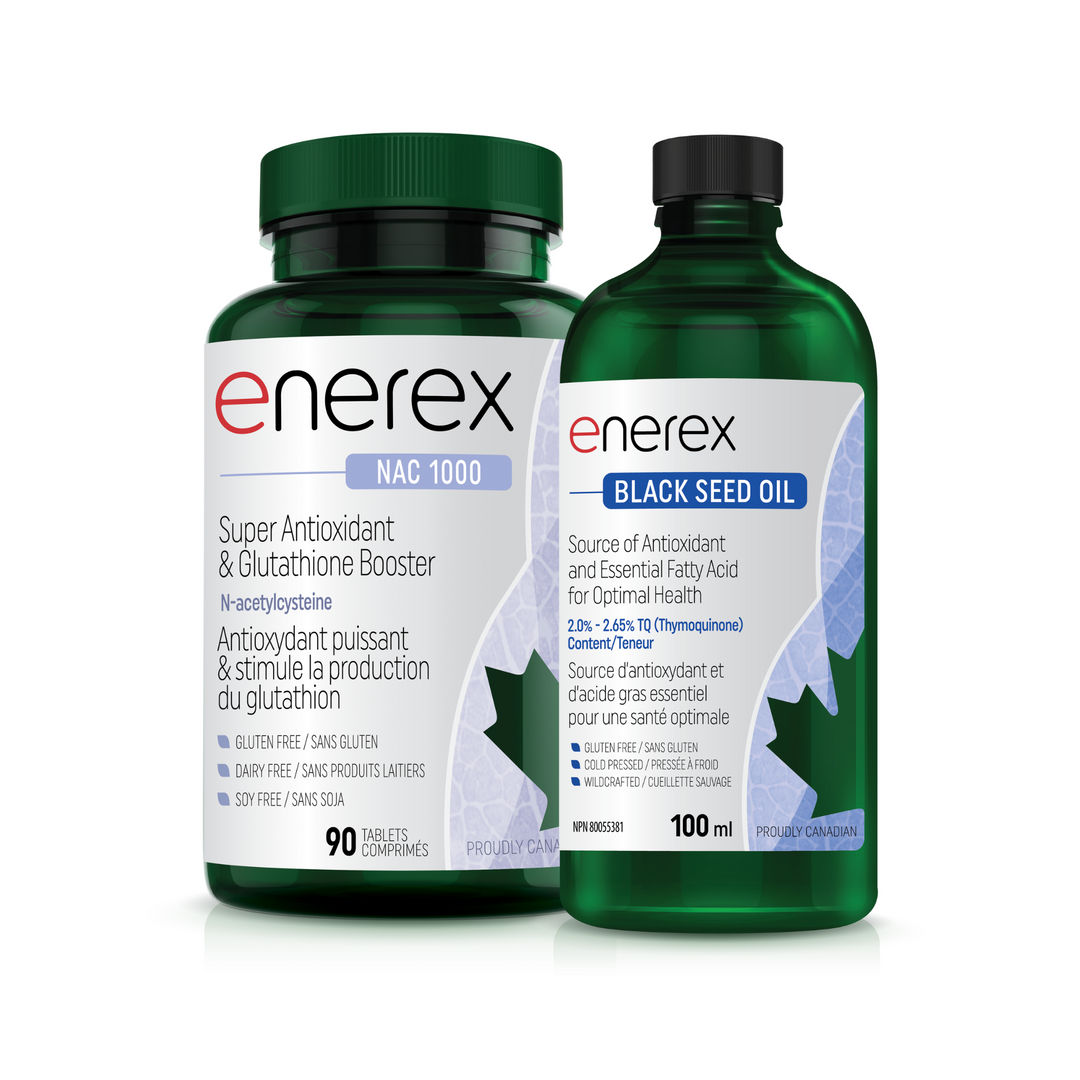
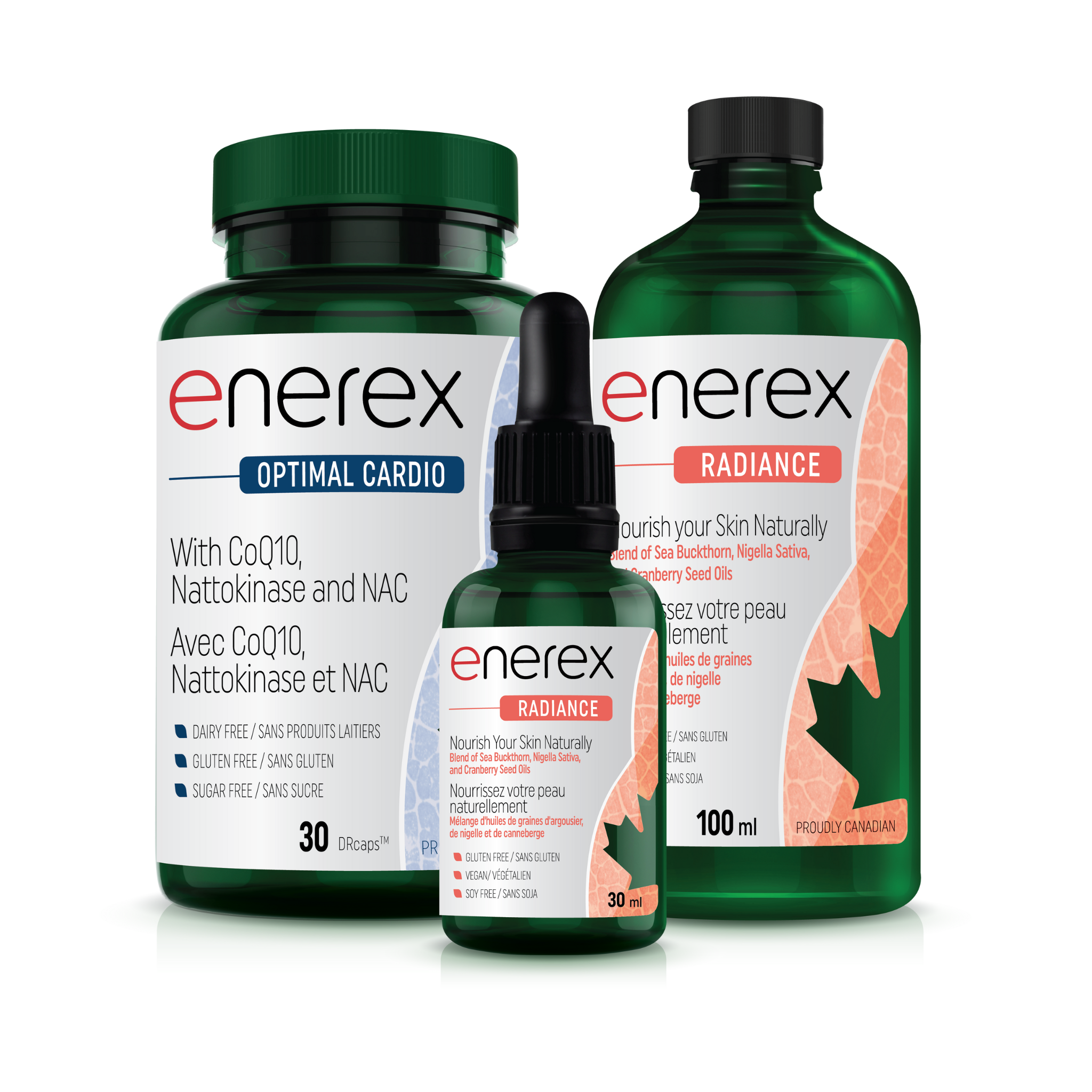
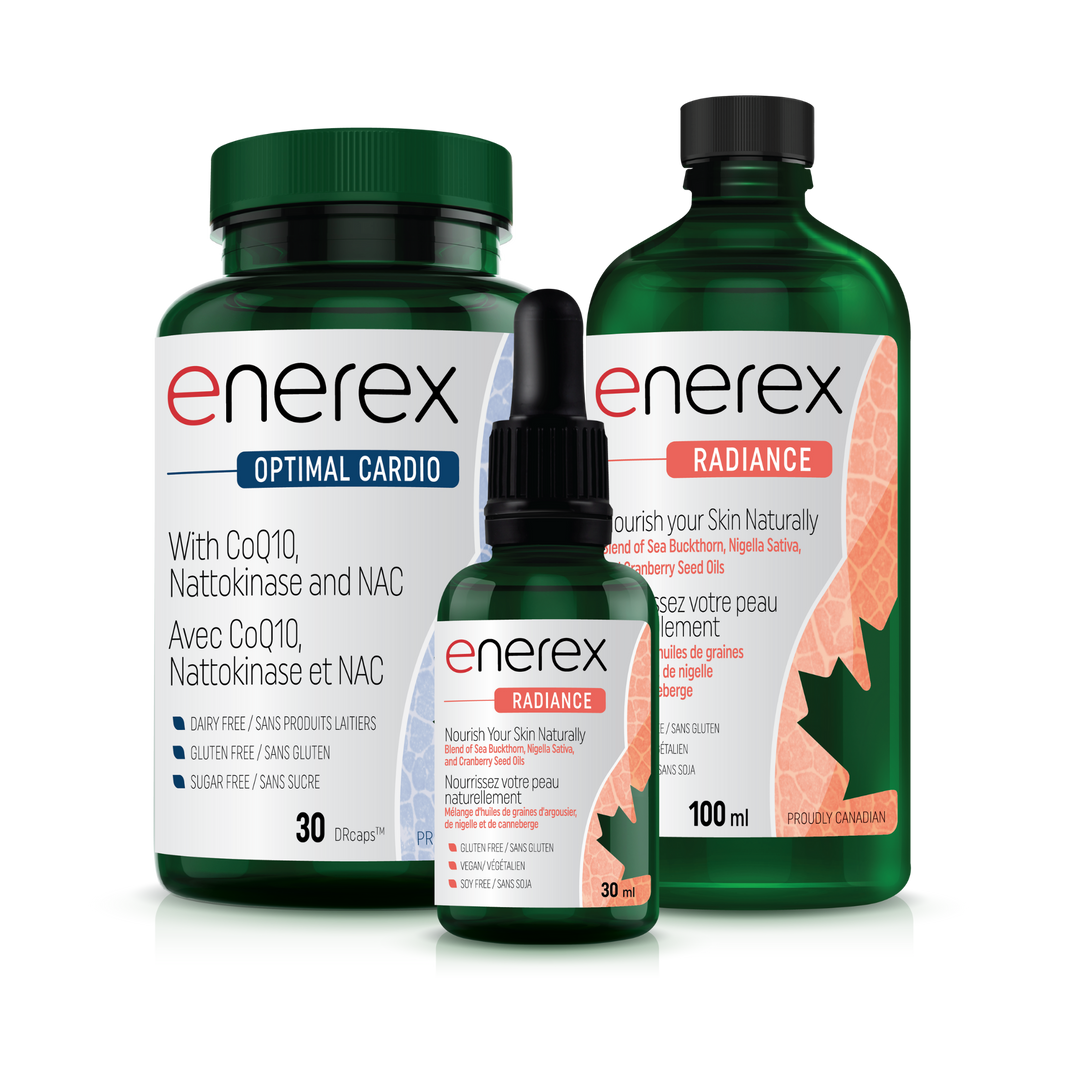
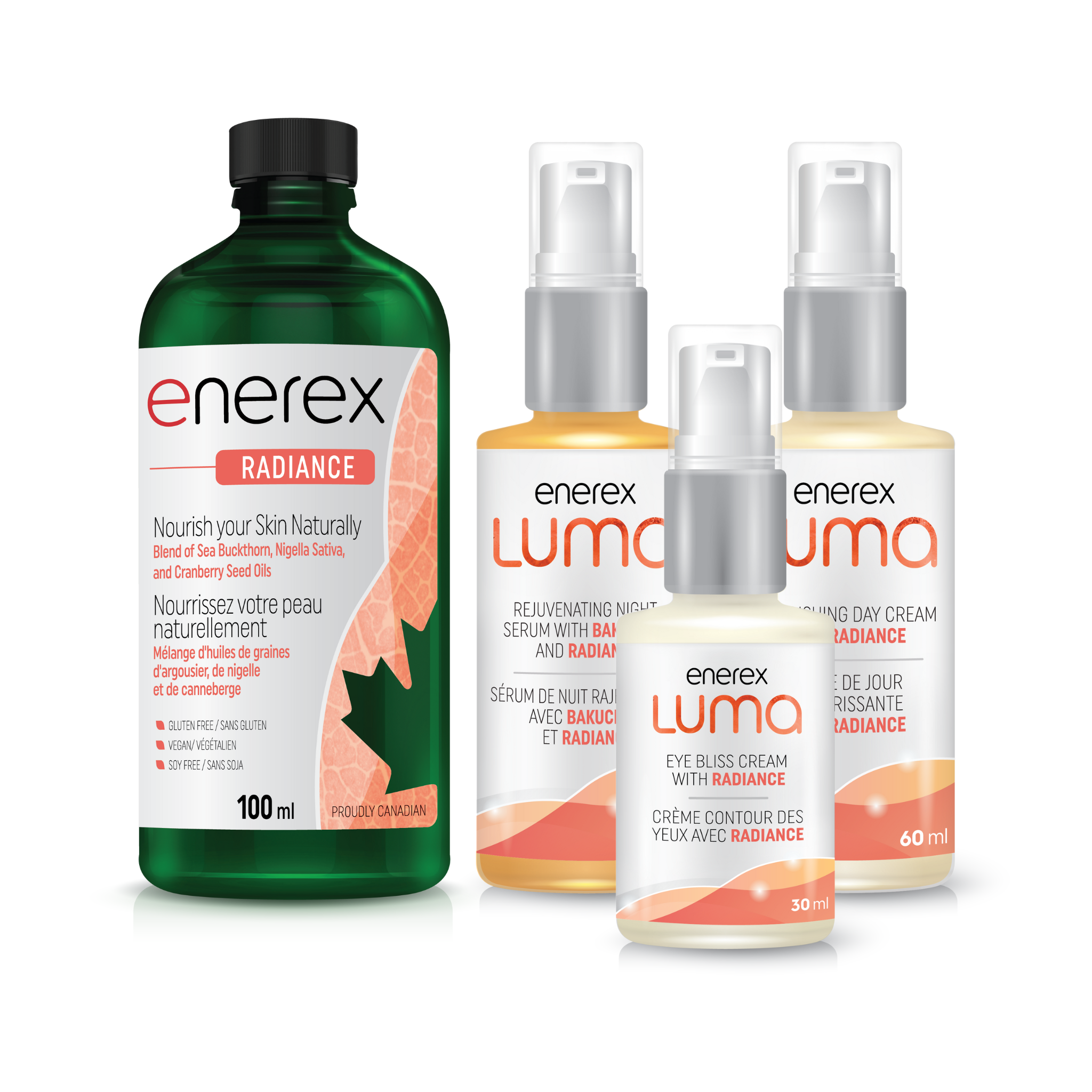
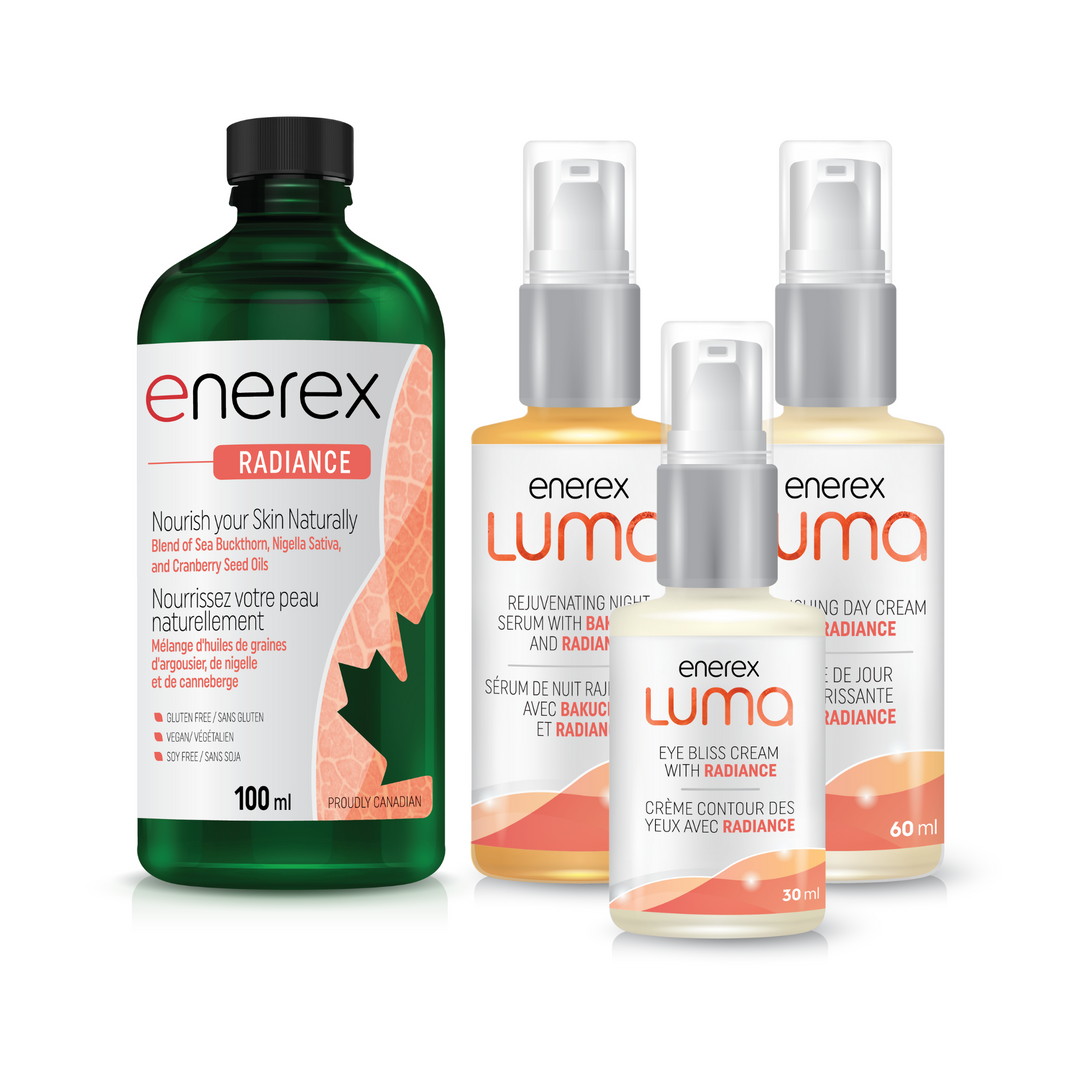
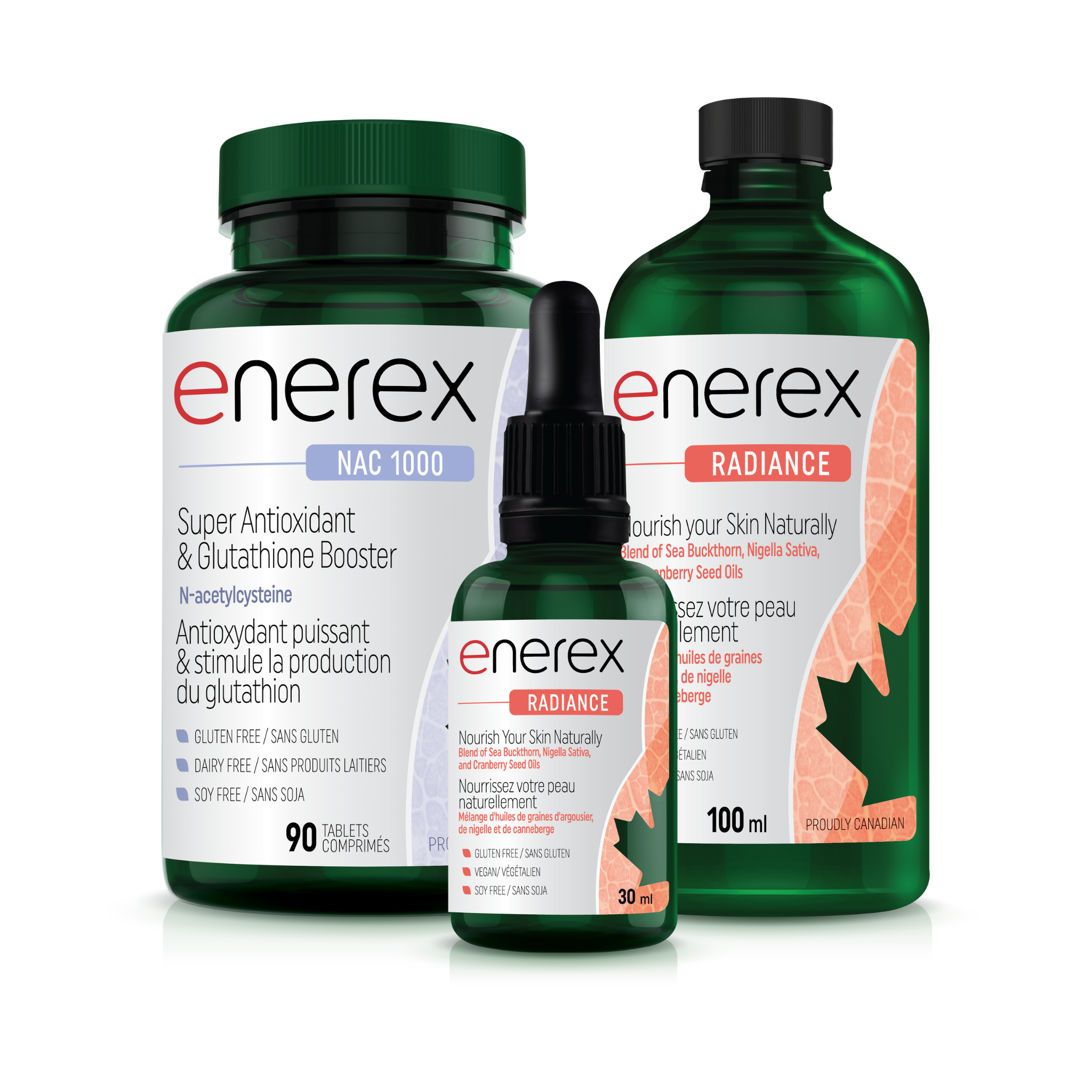
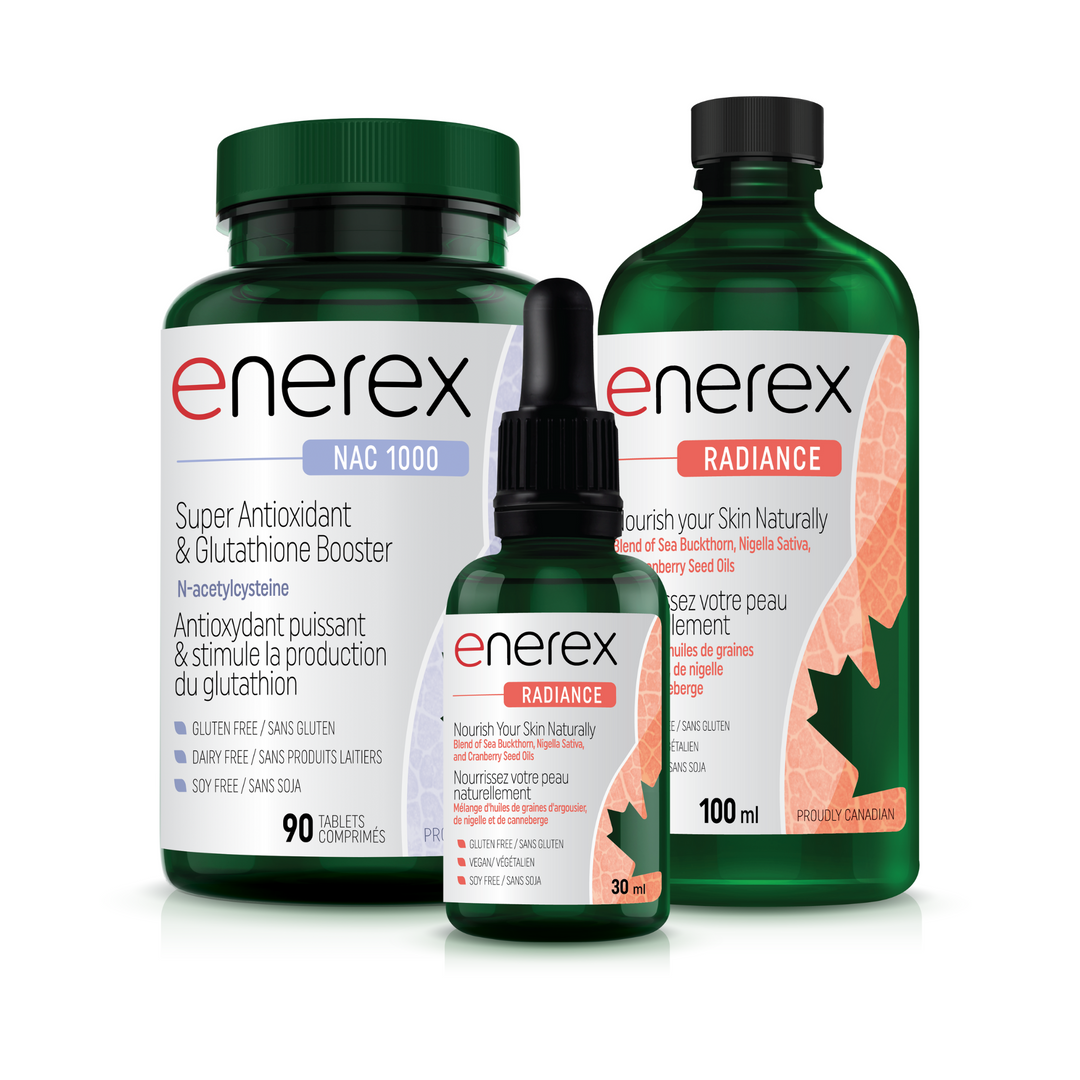
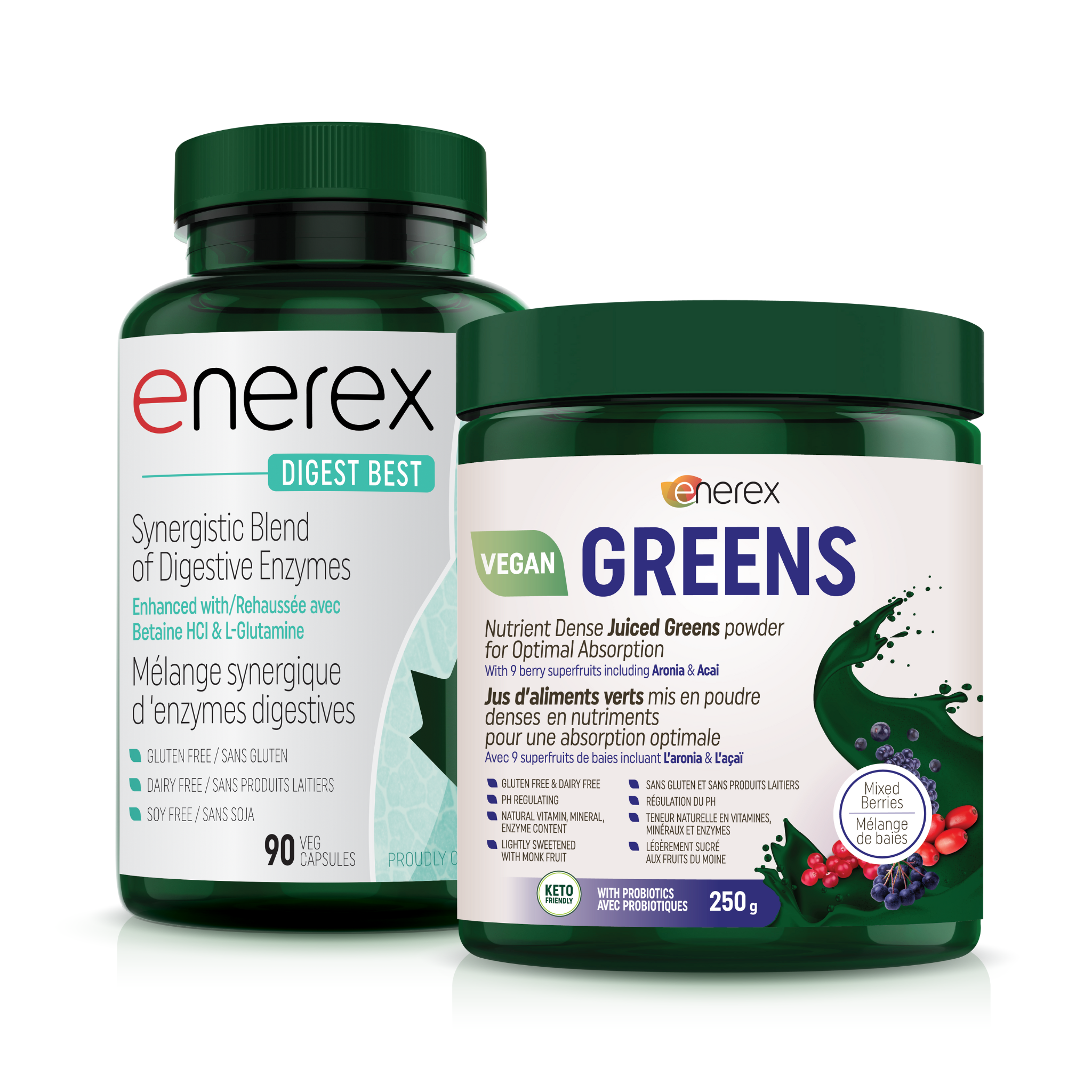
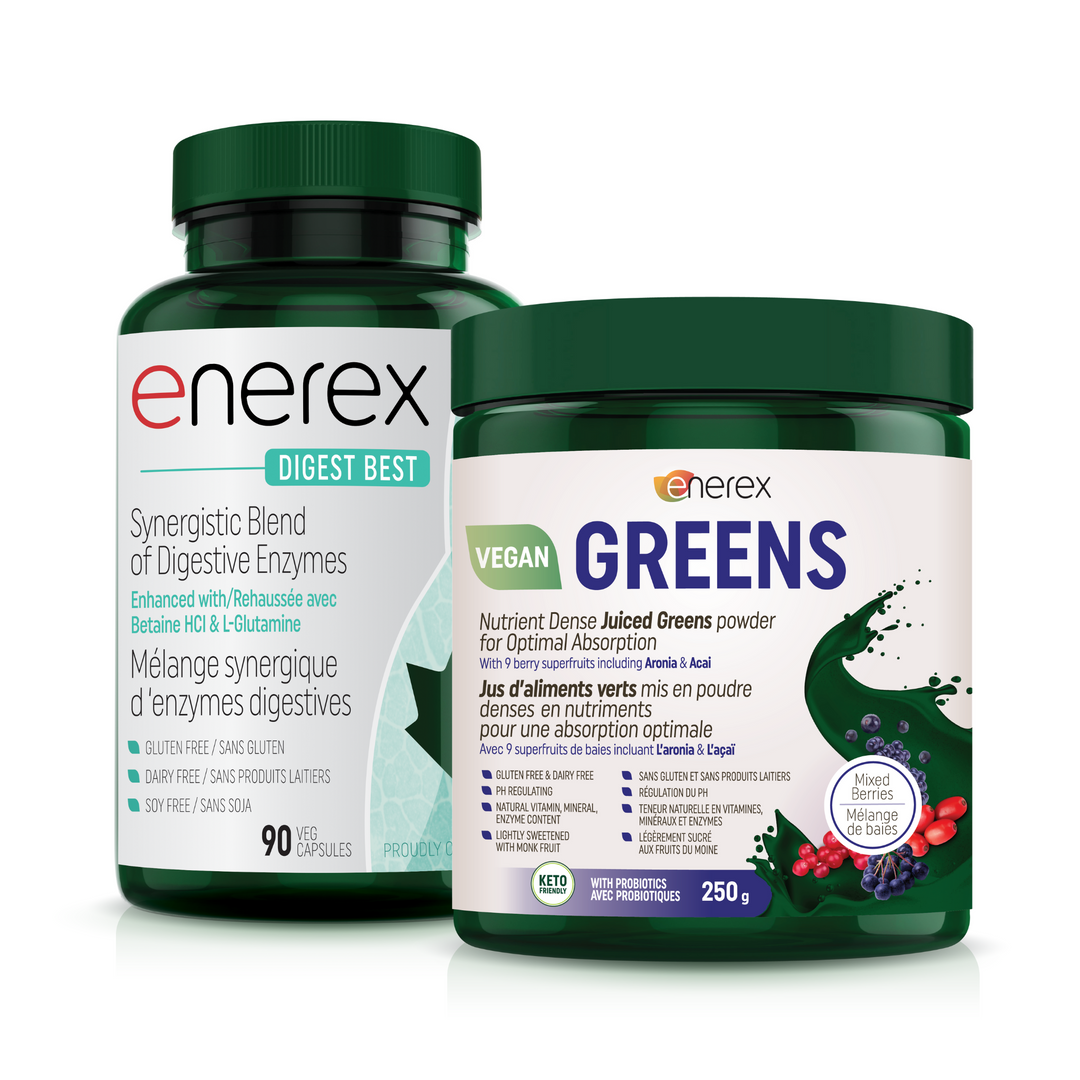
Leave a comment